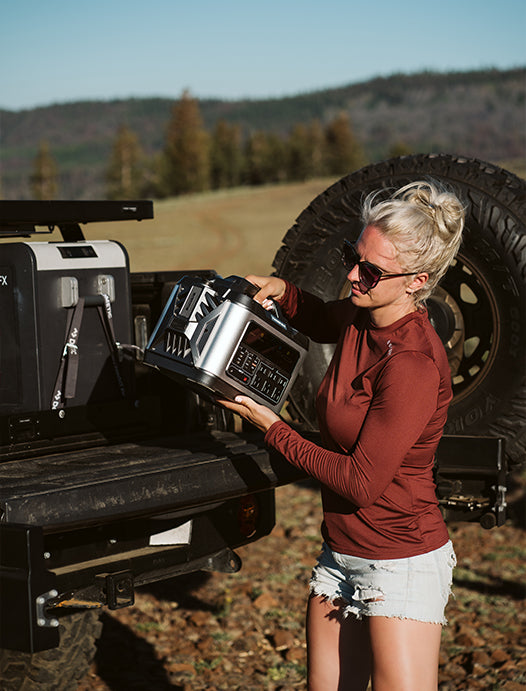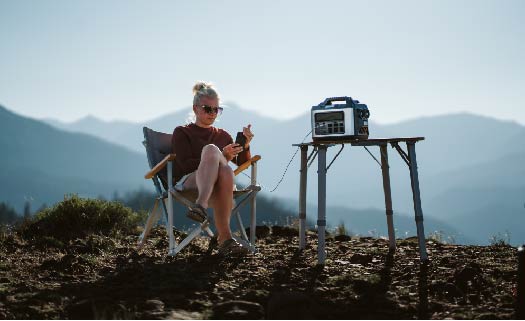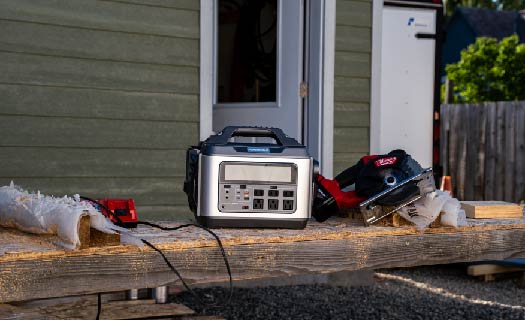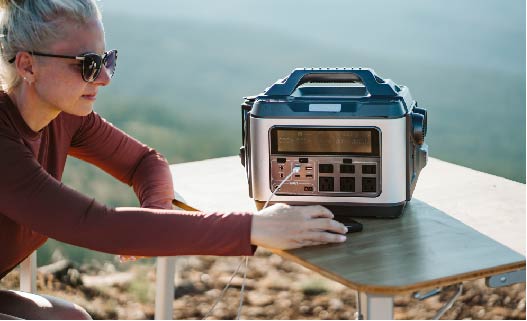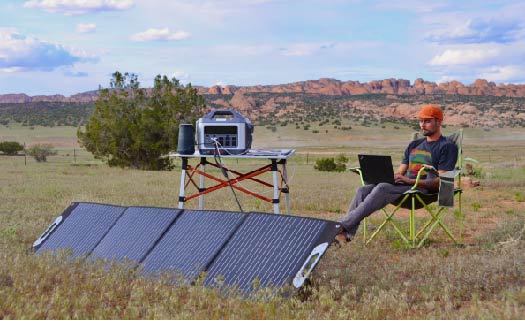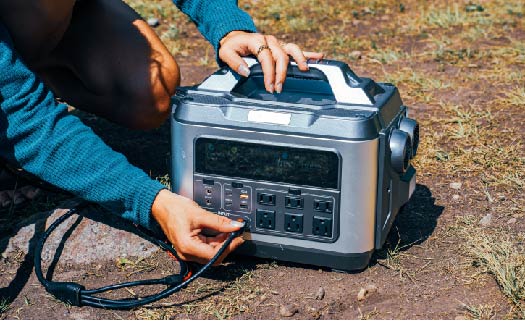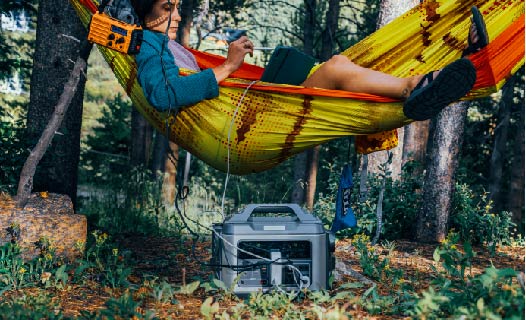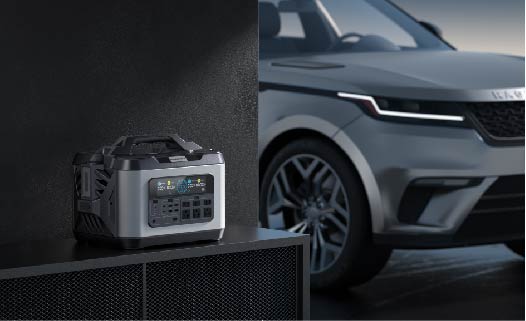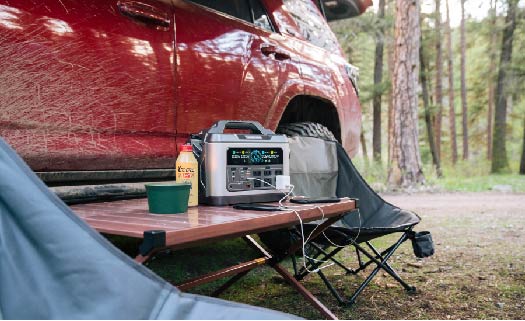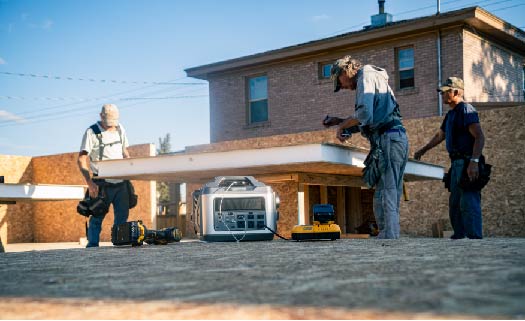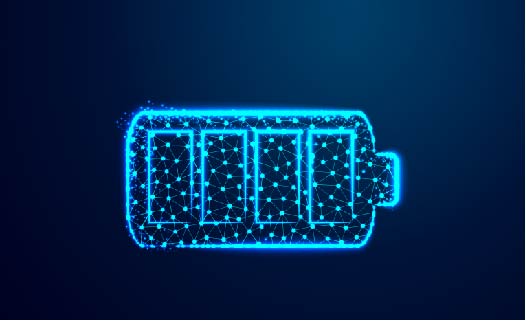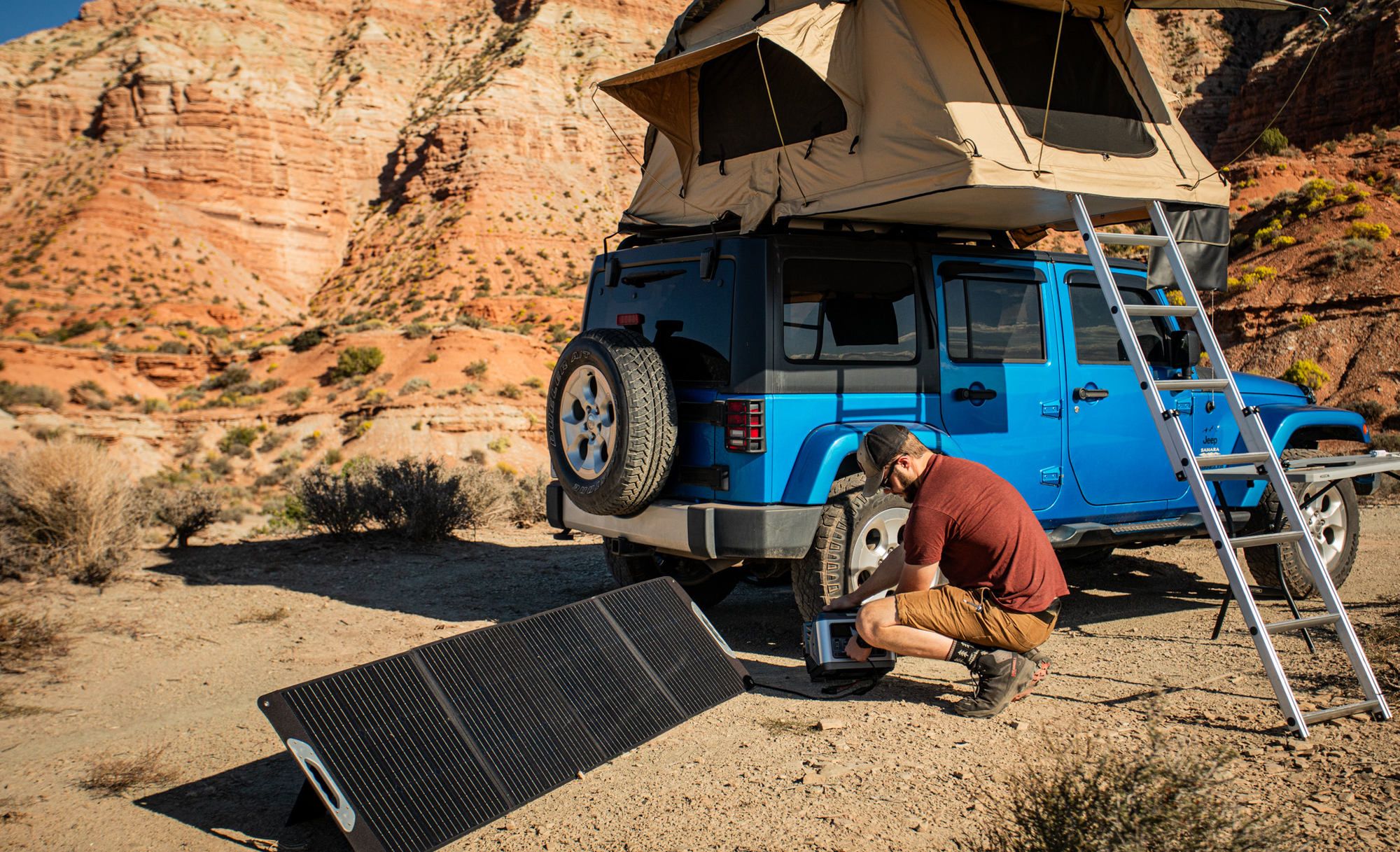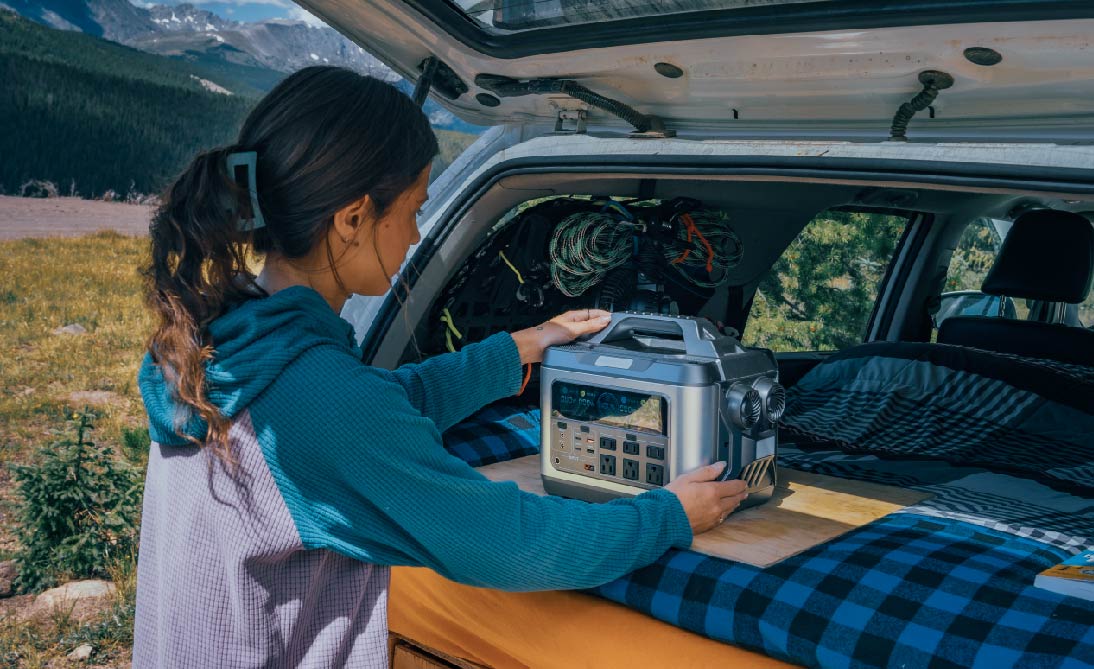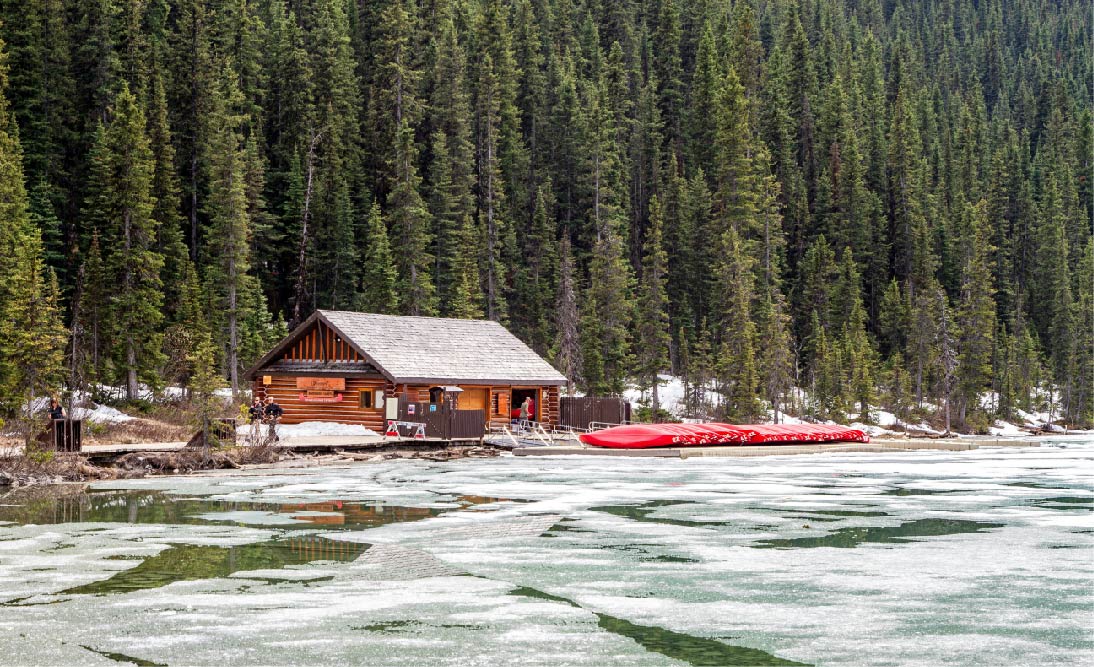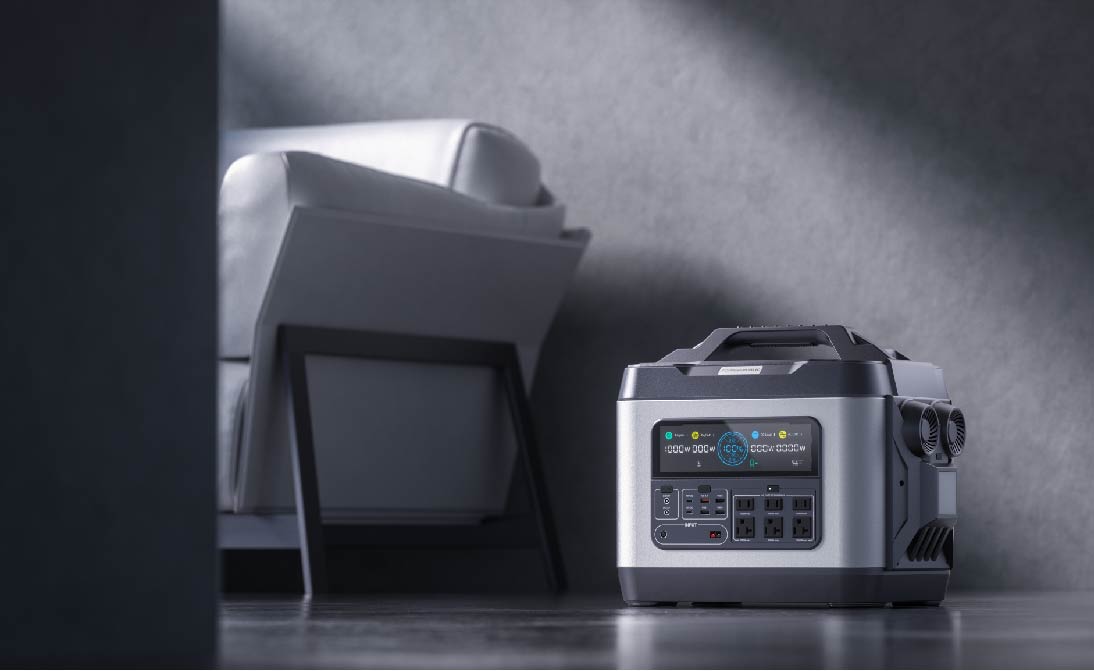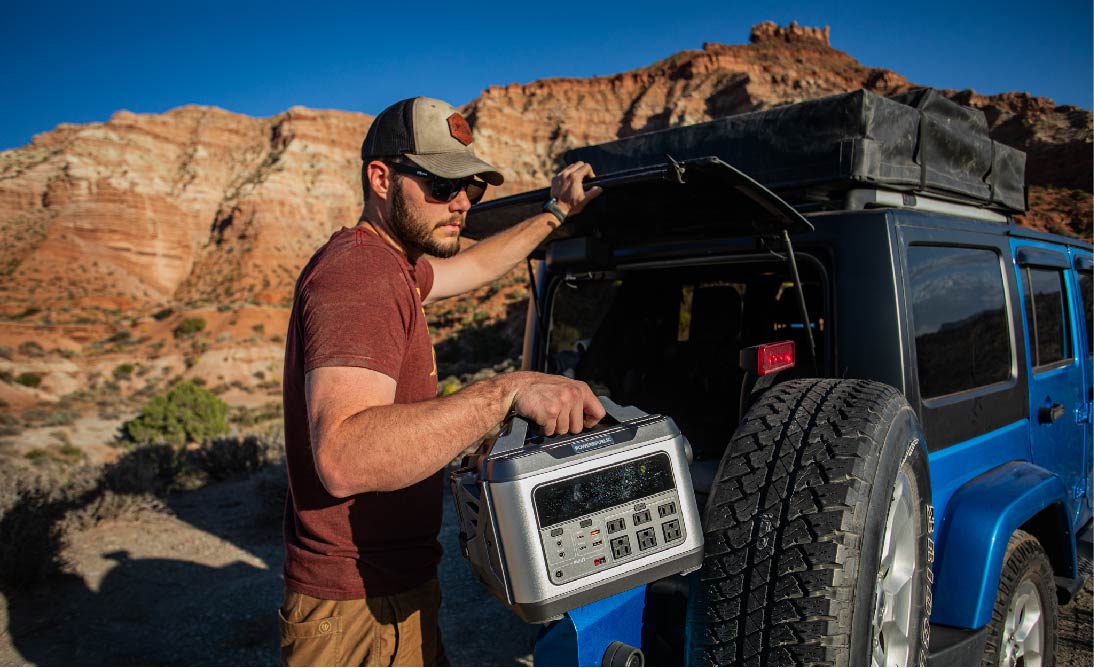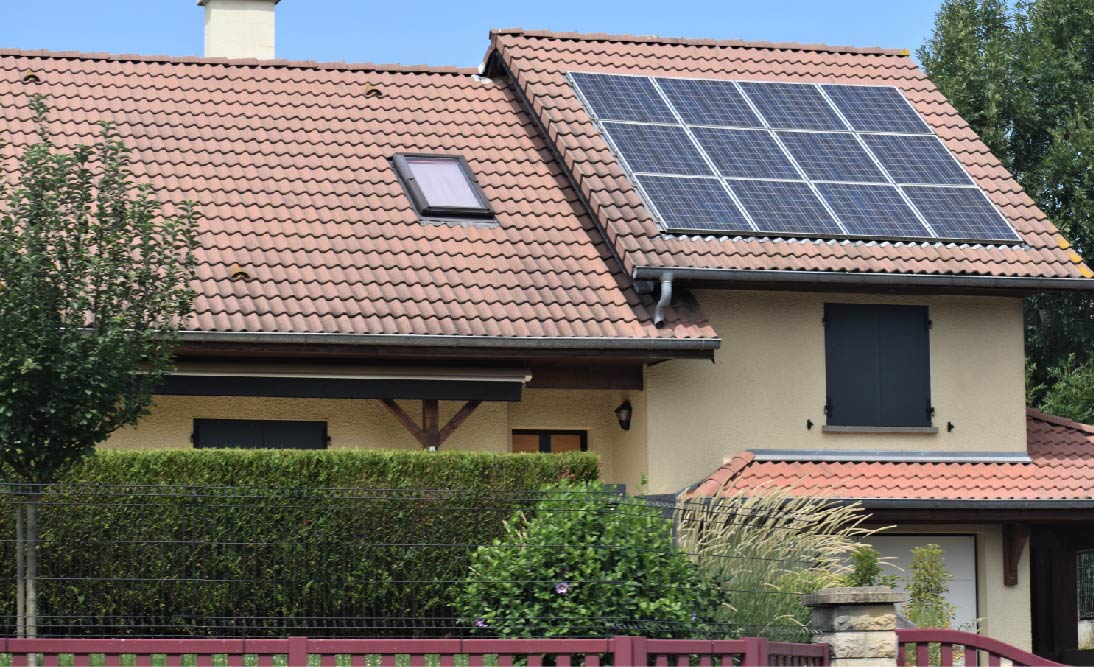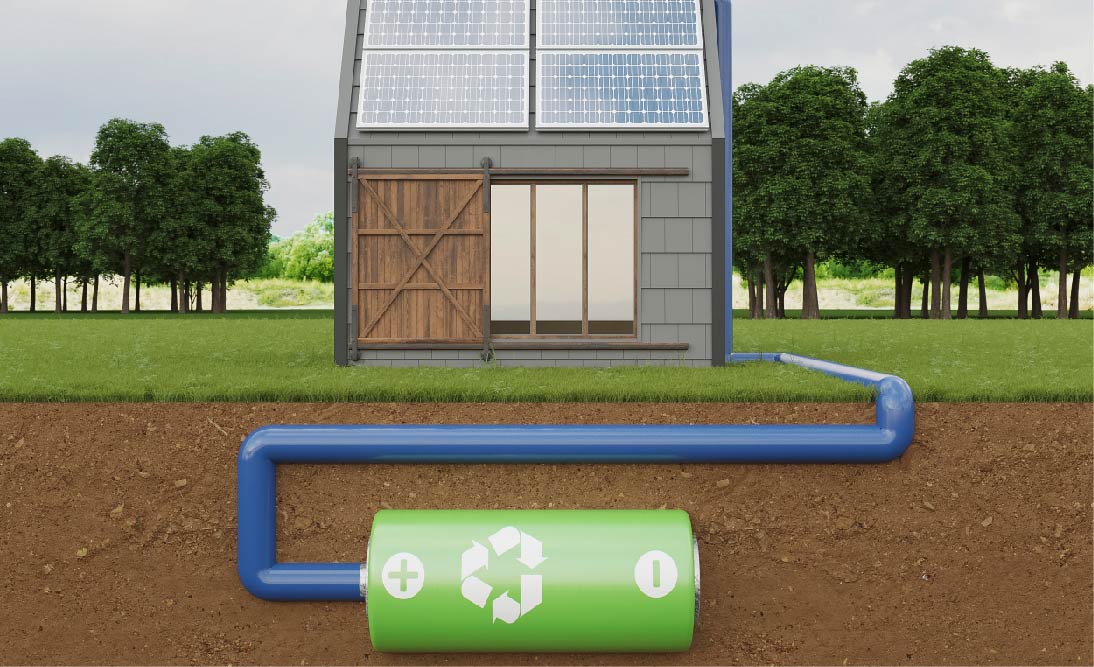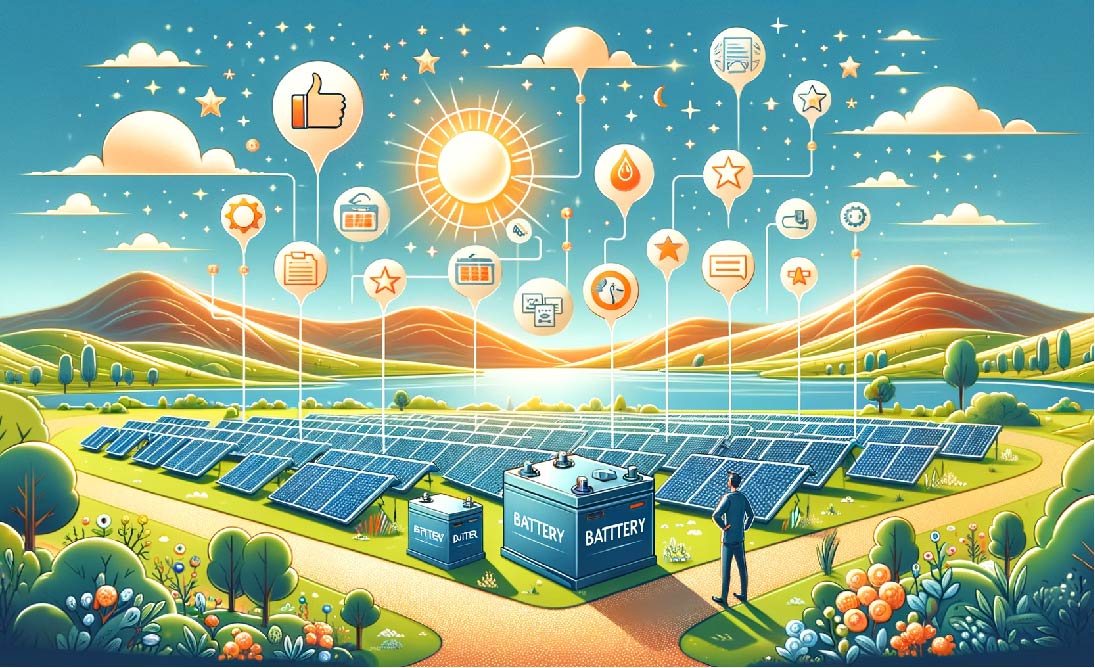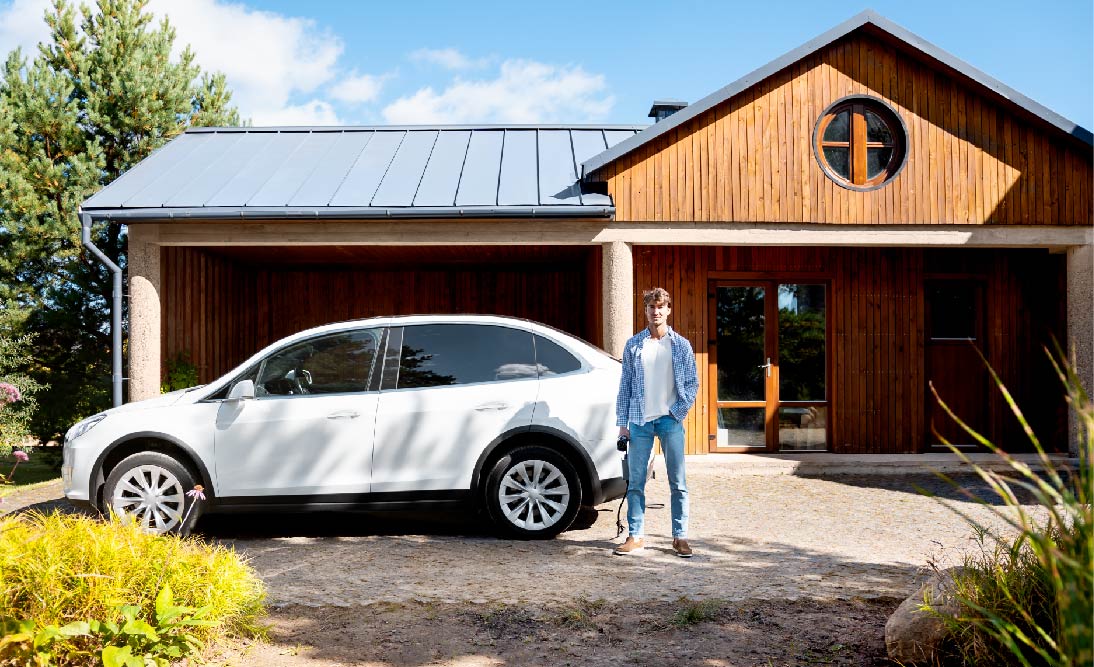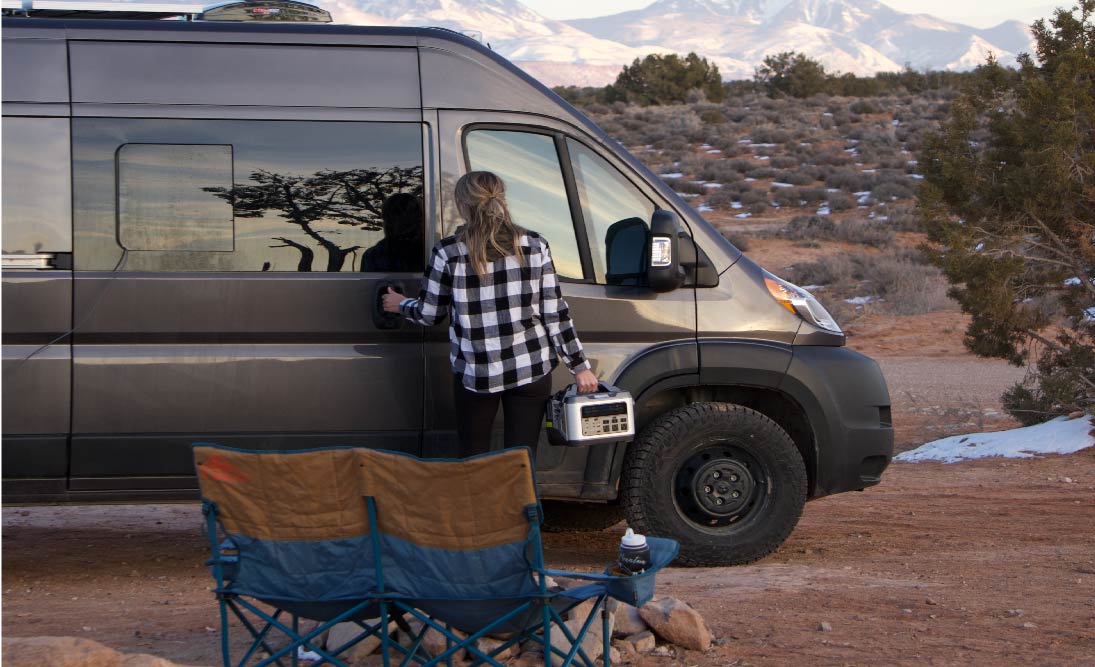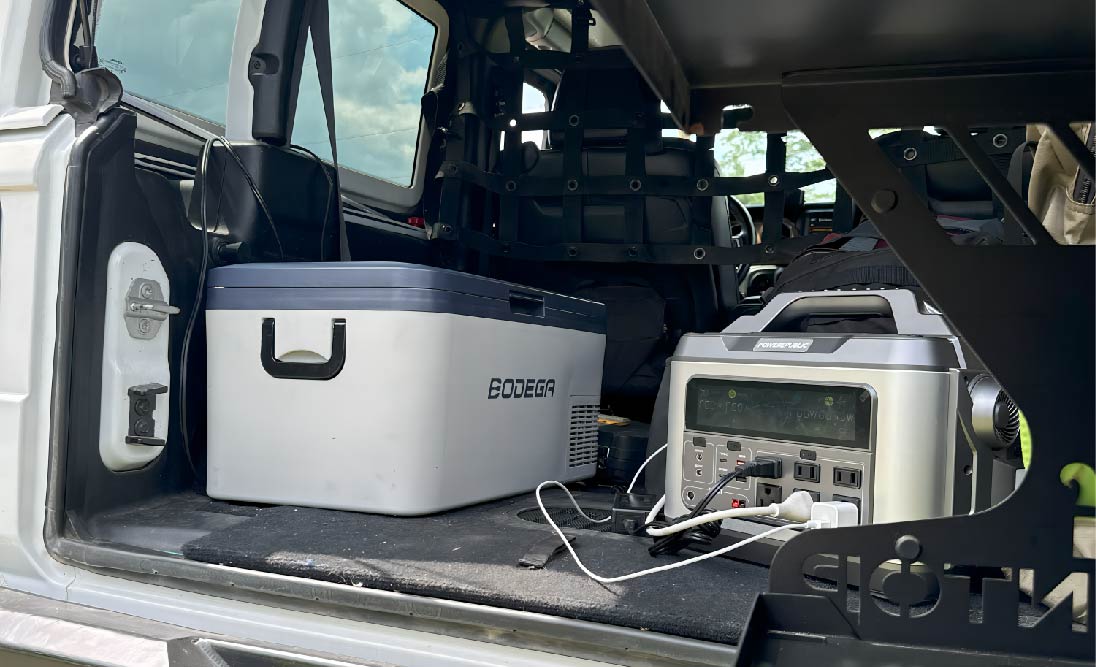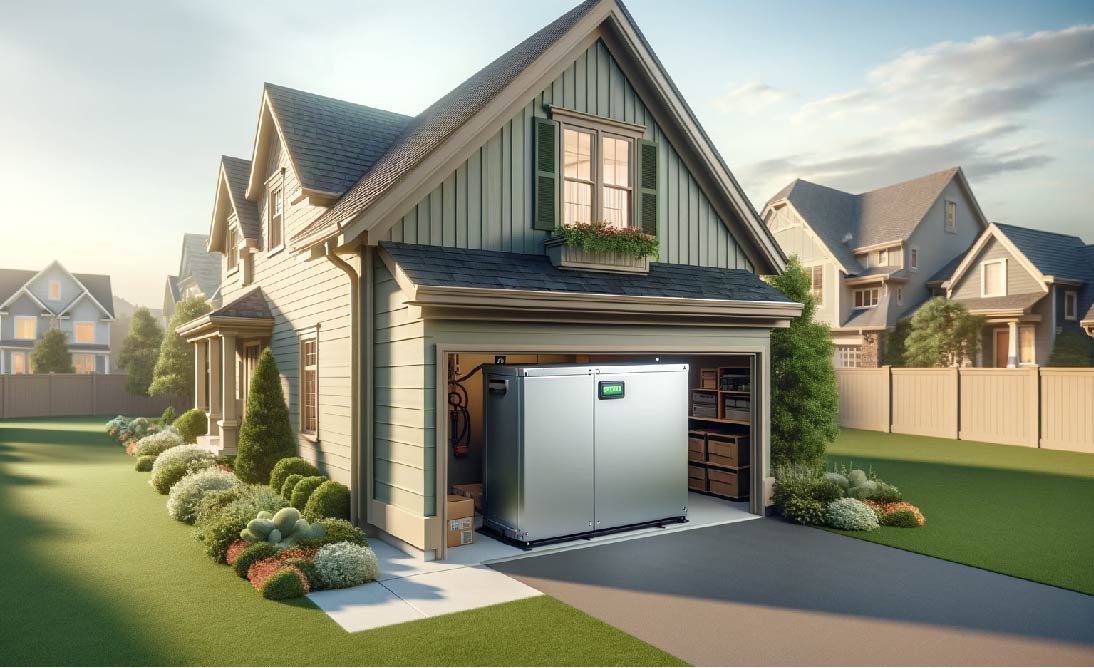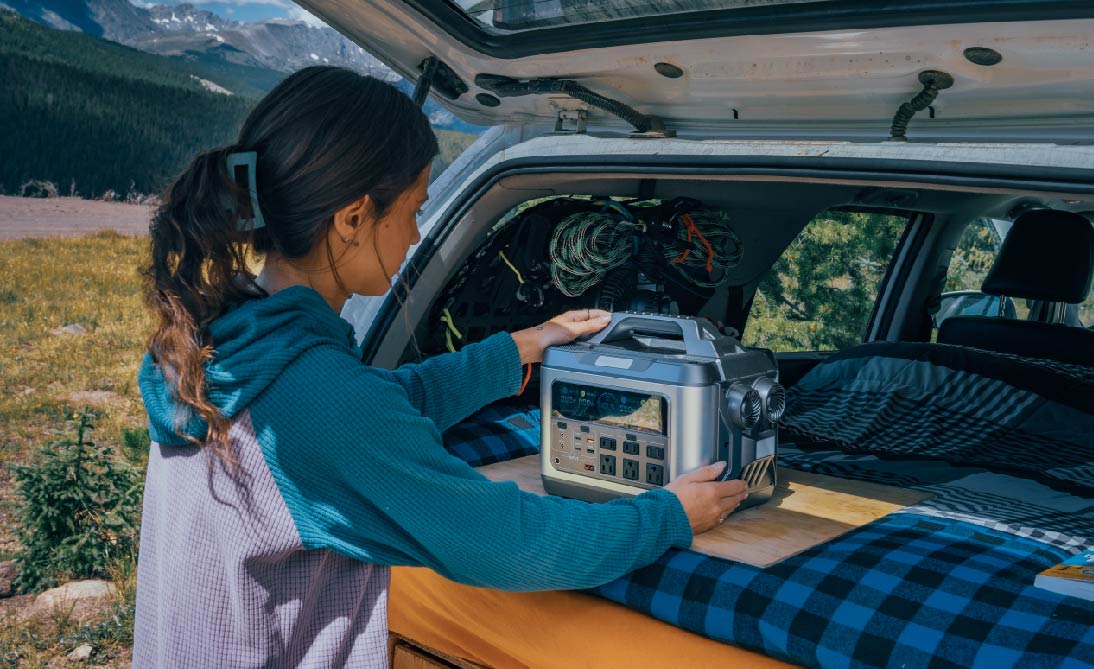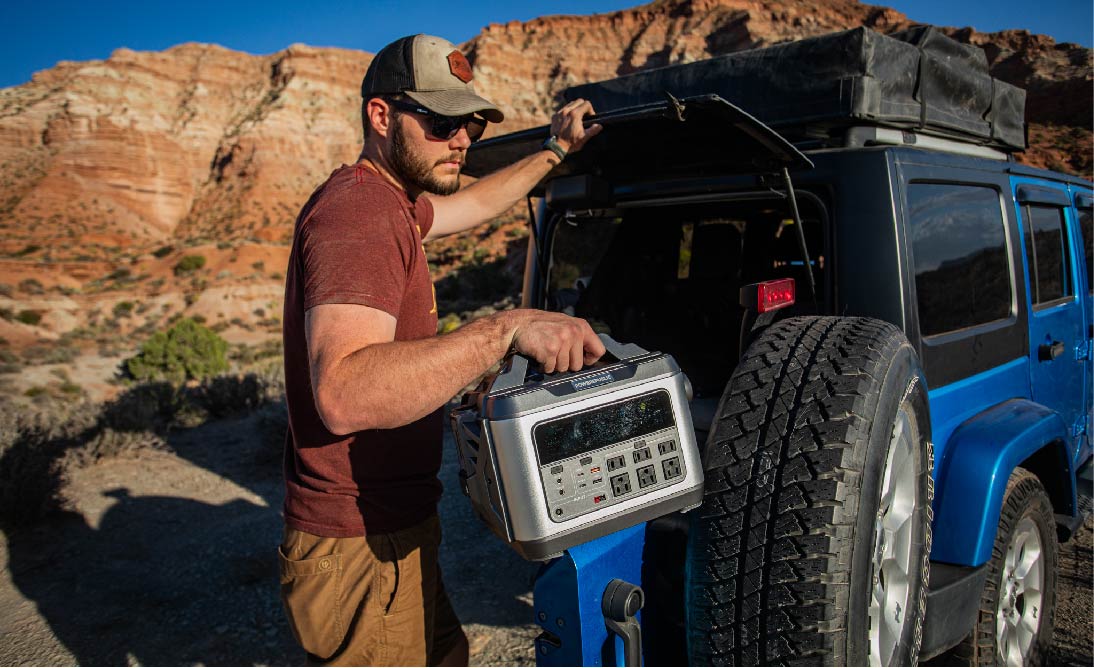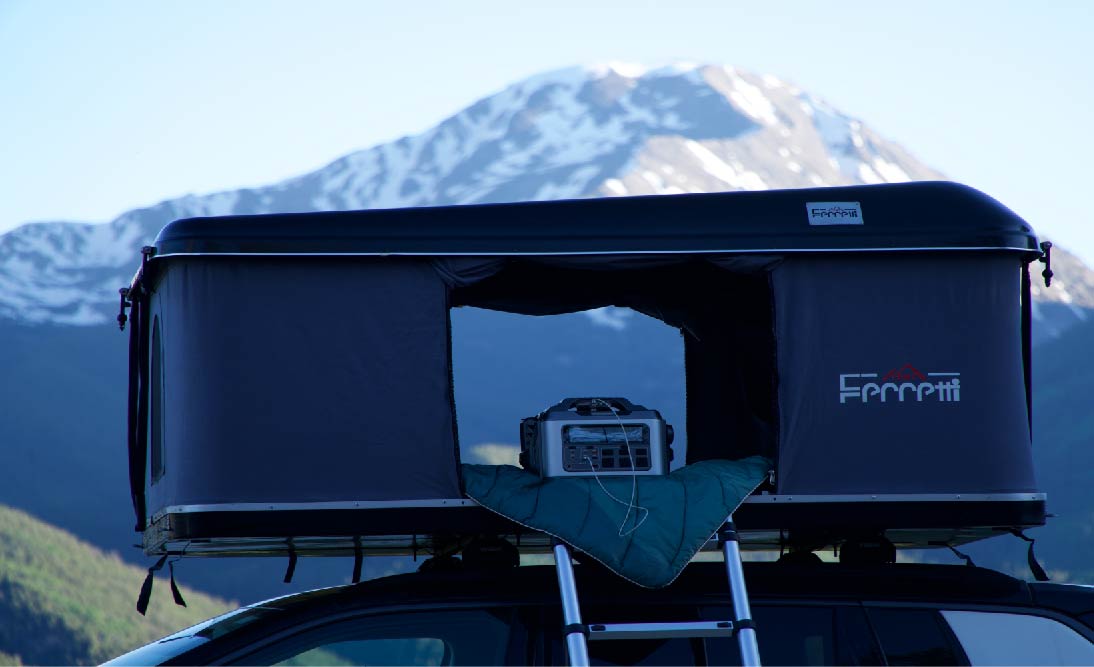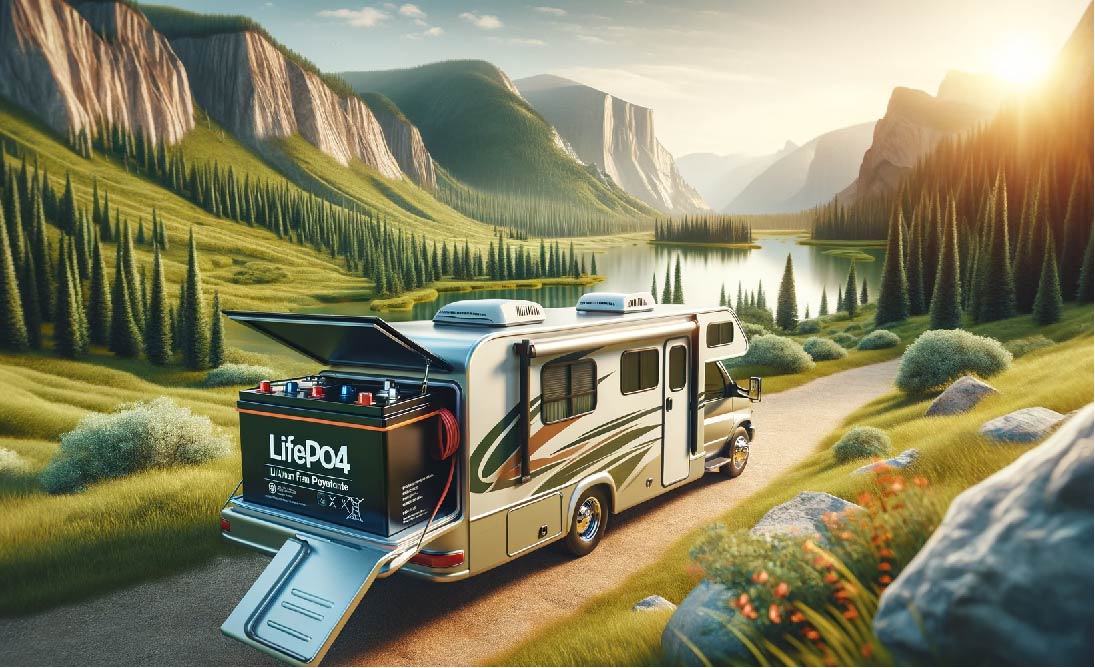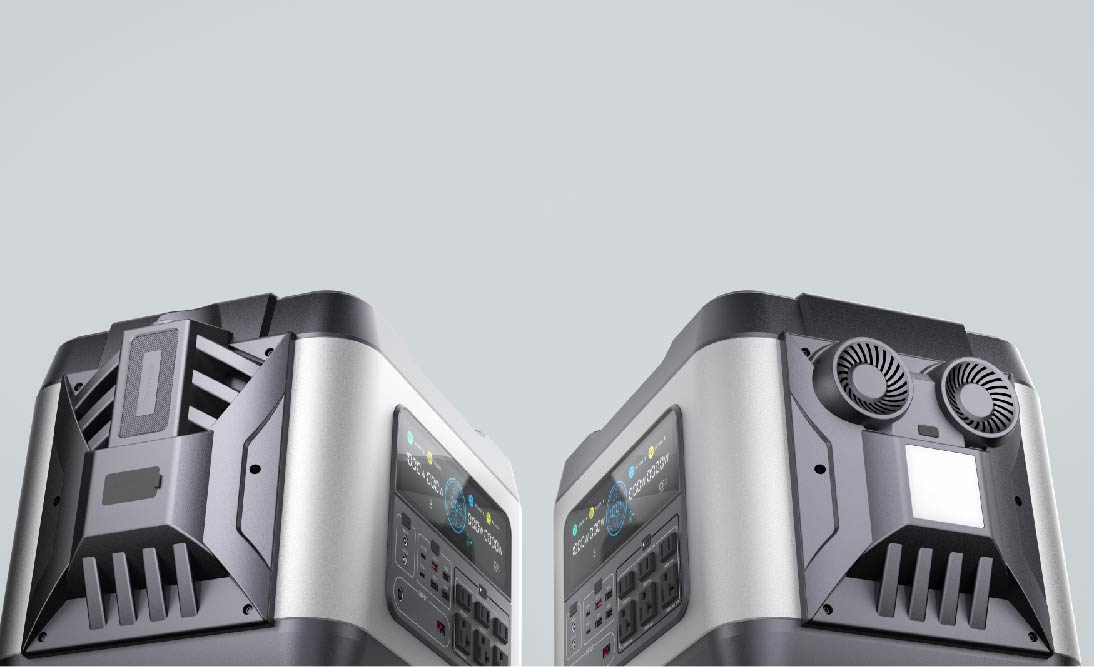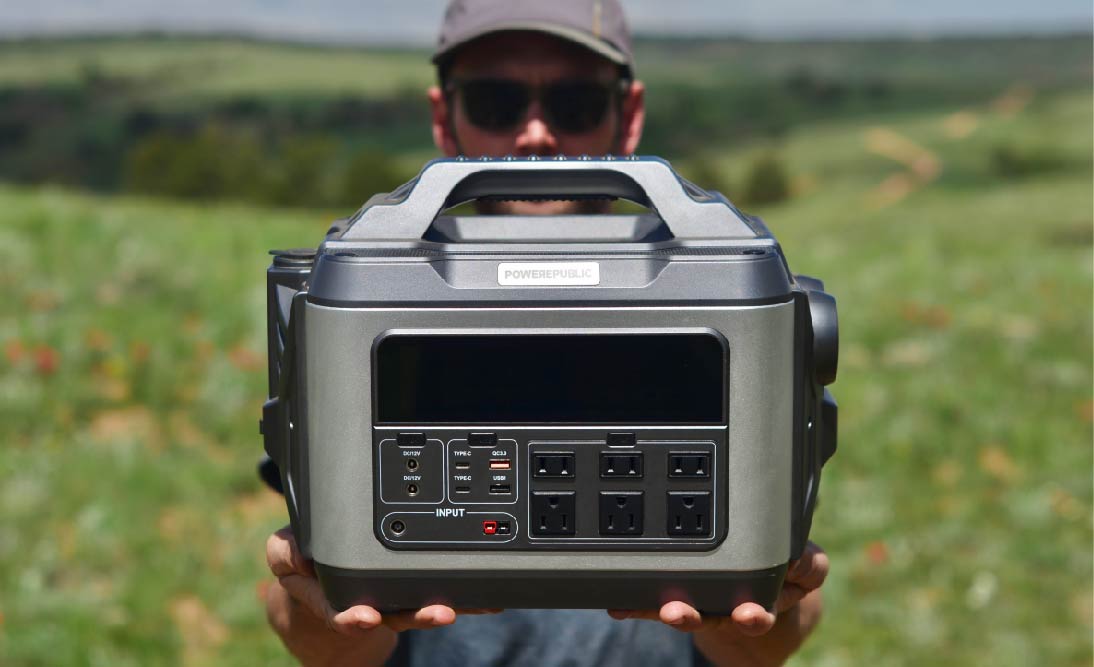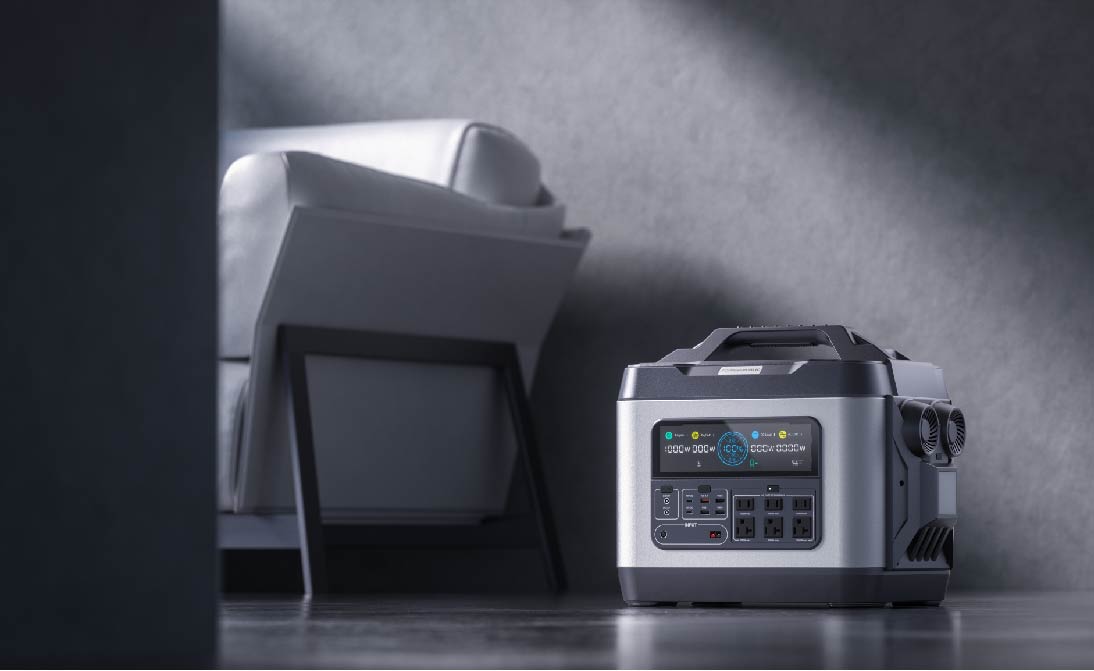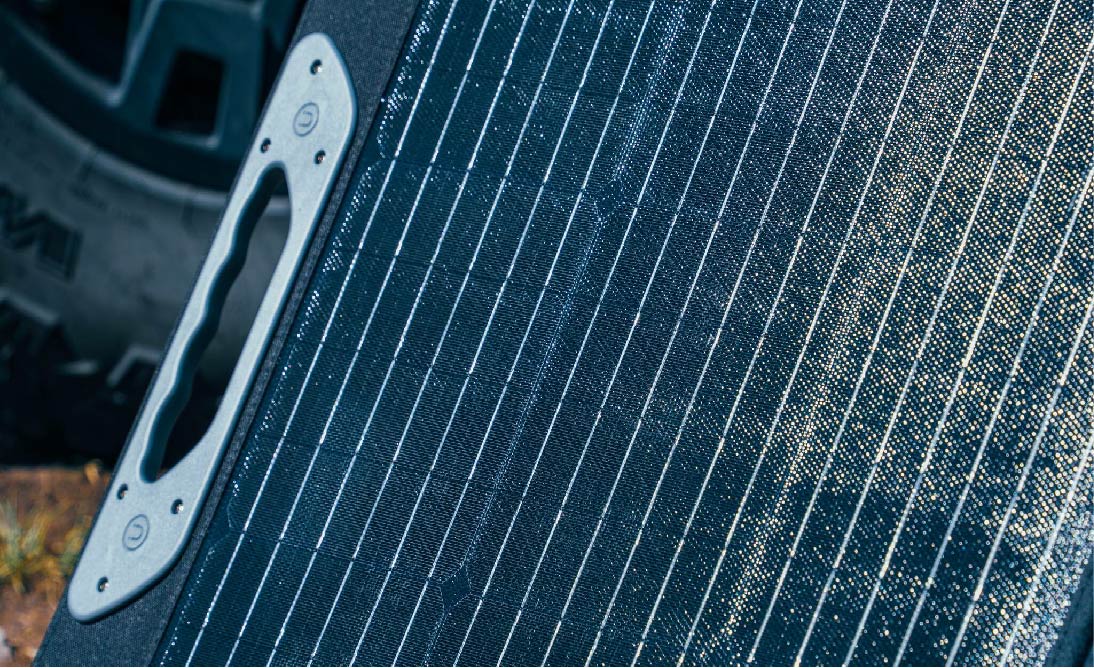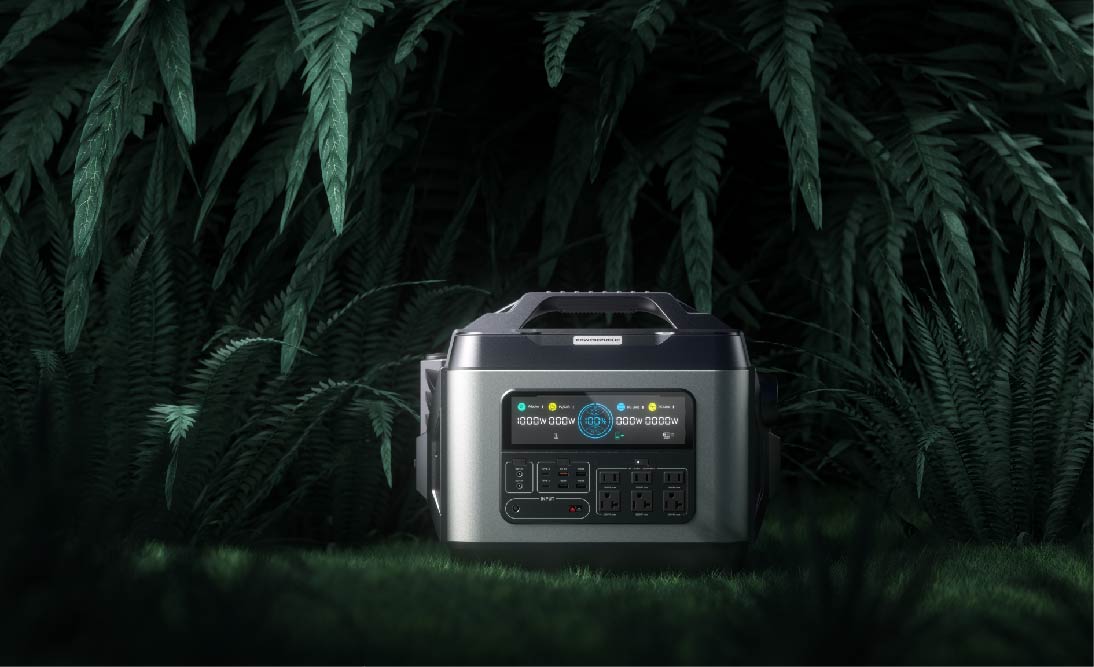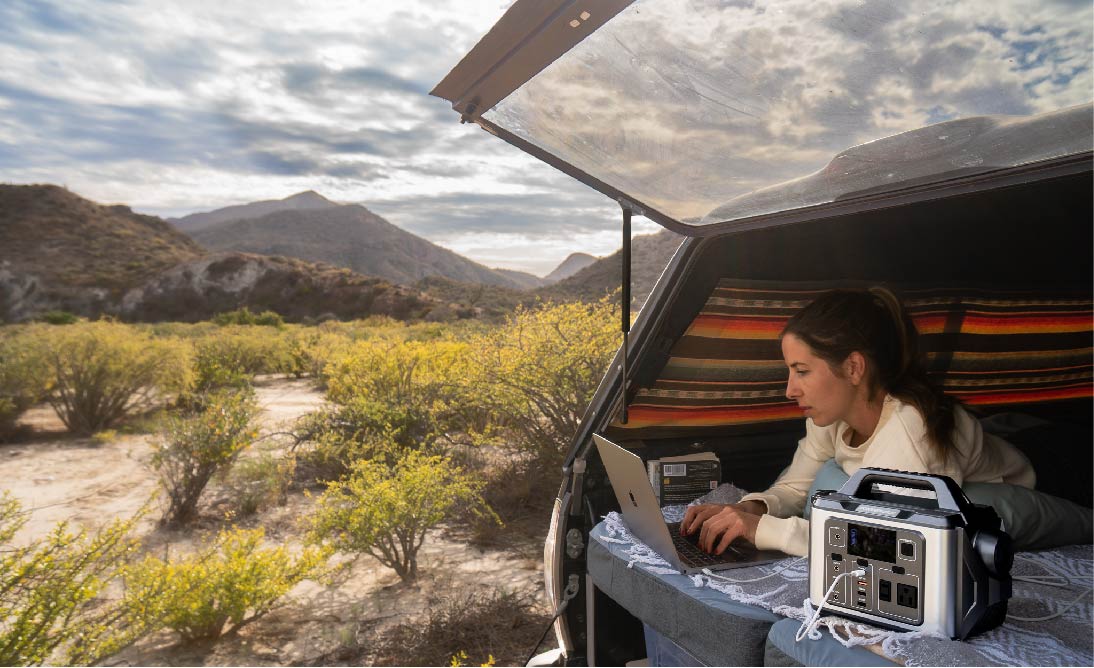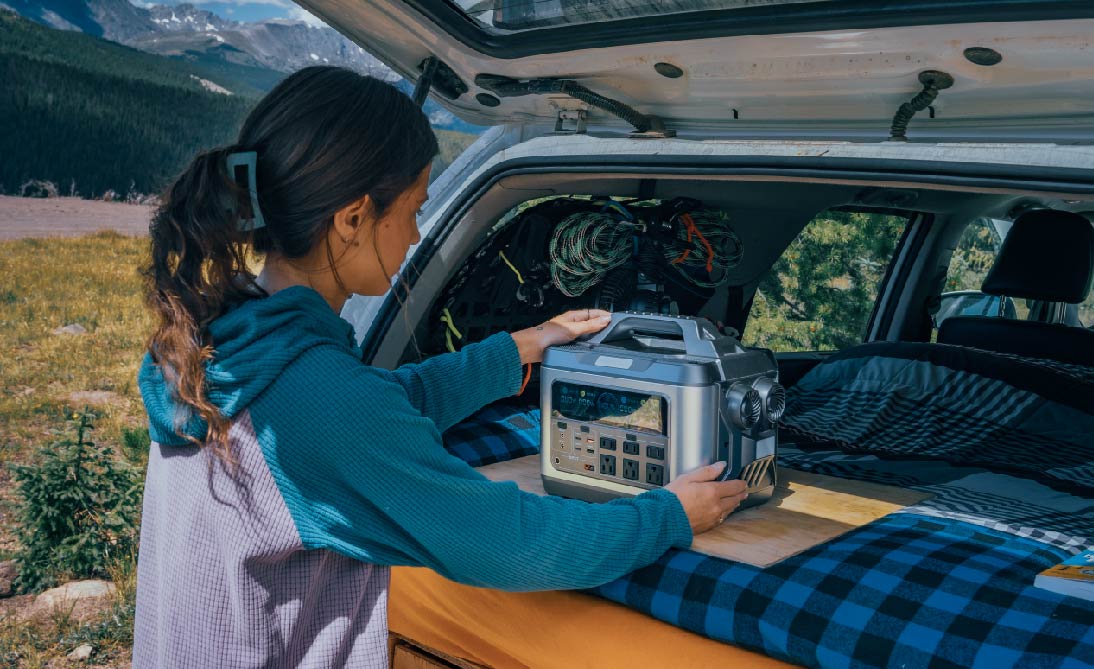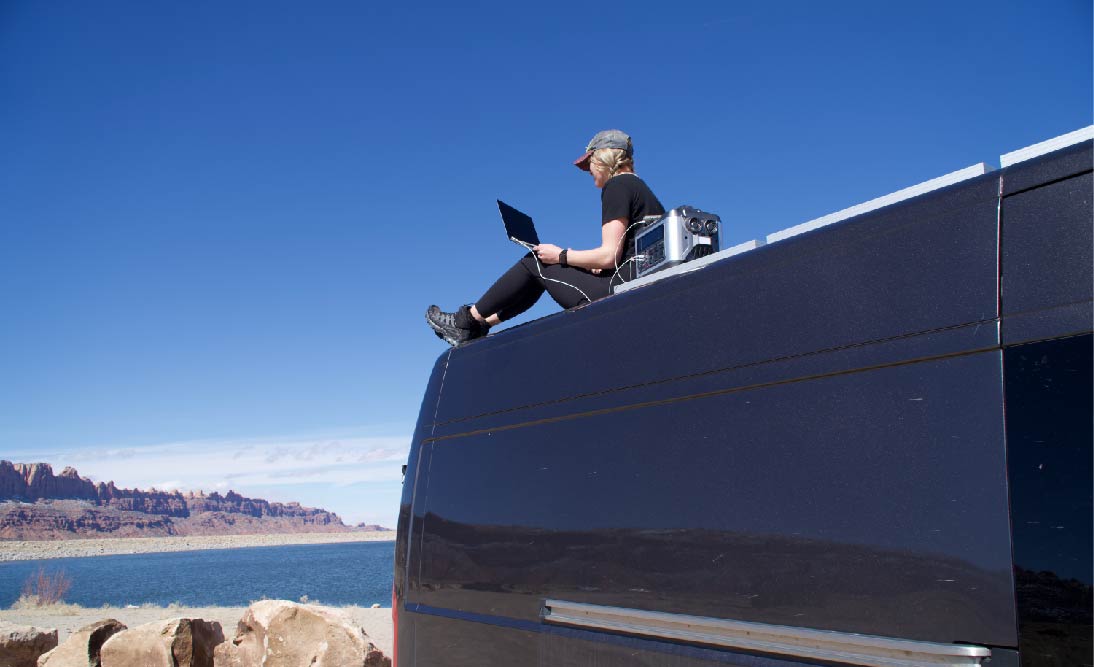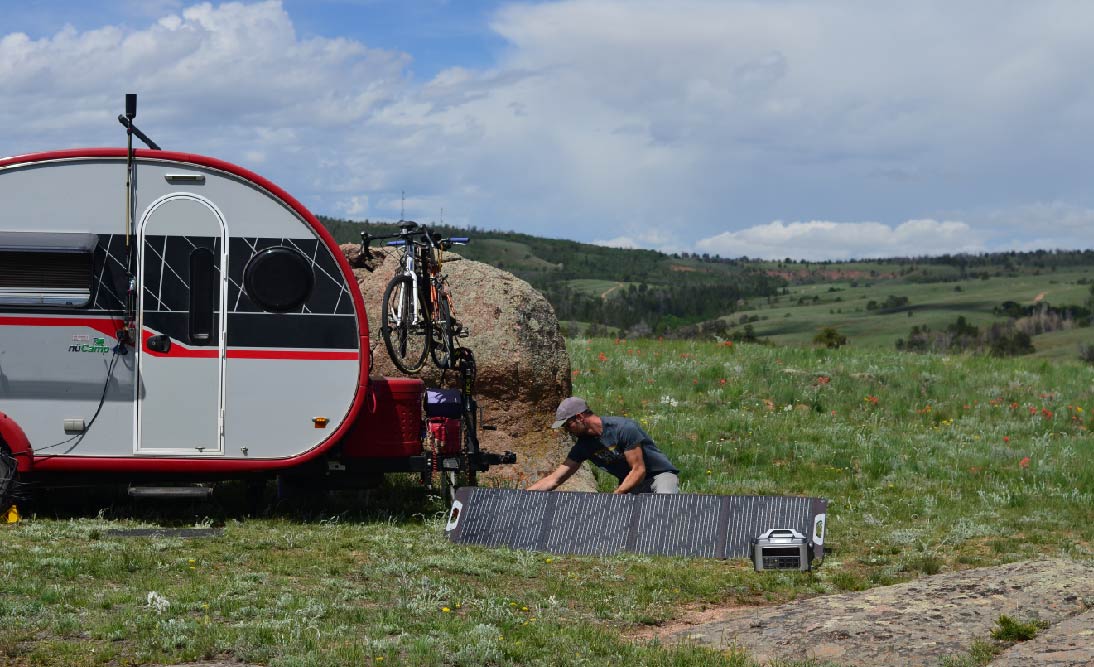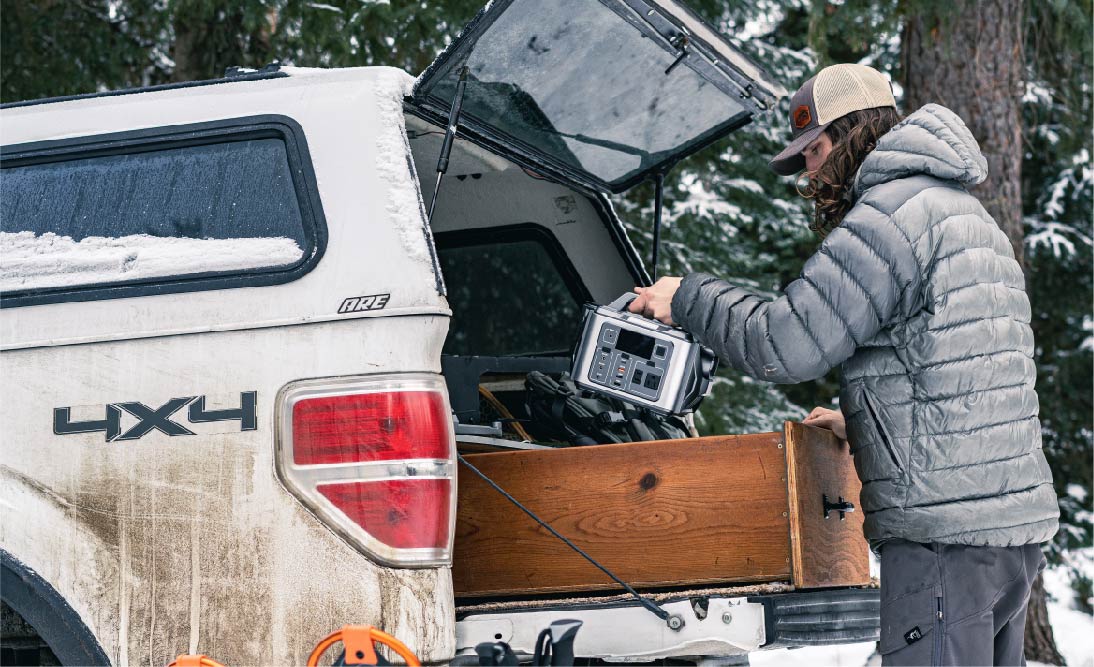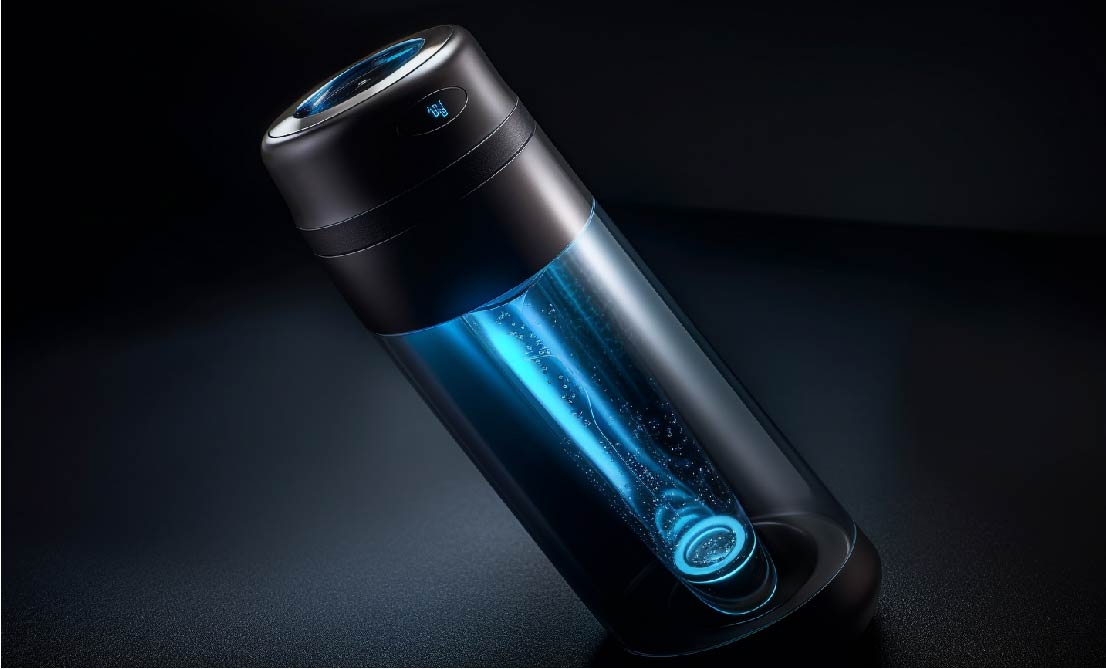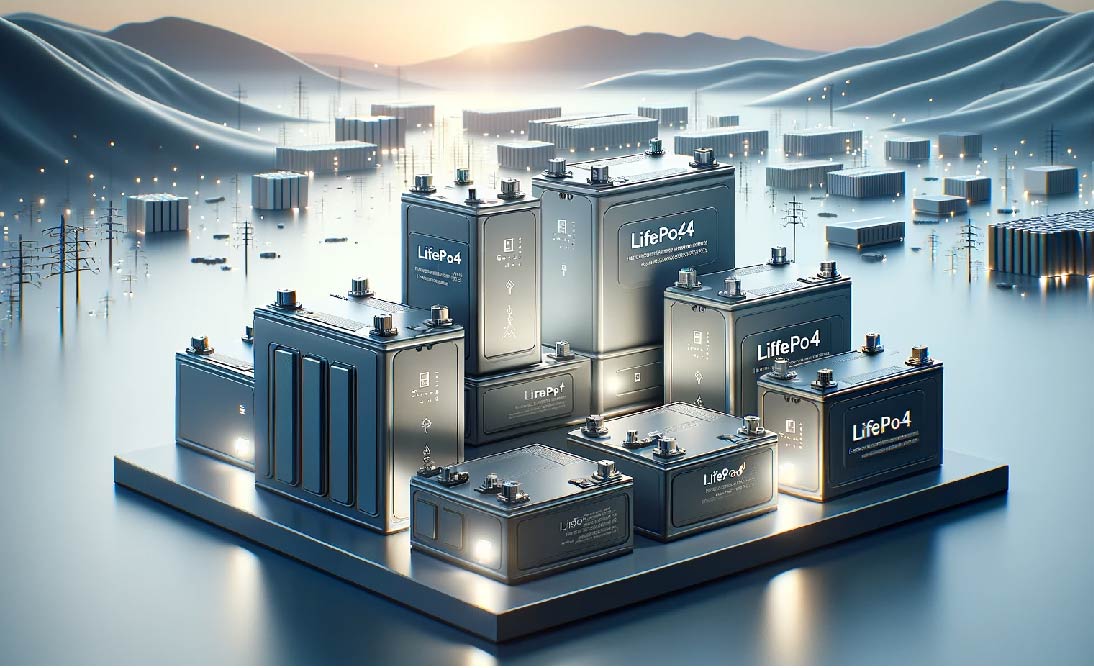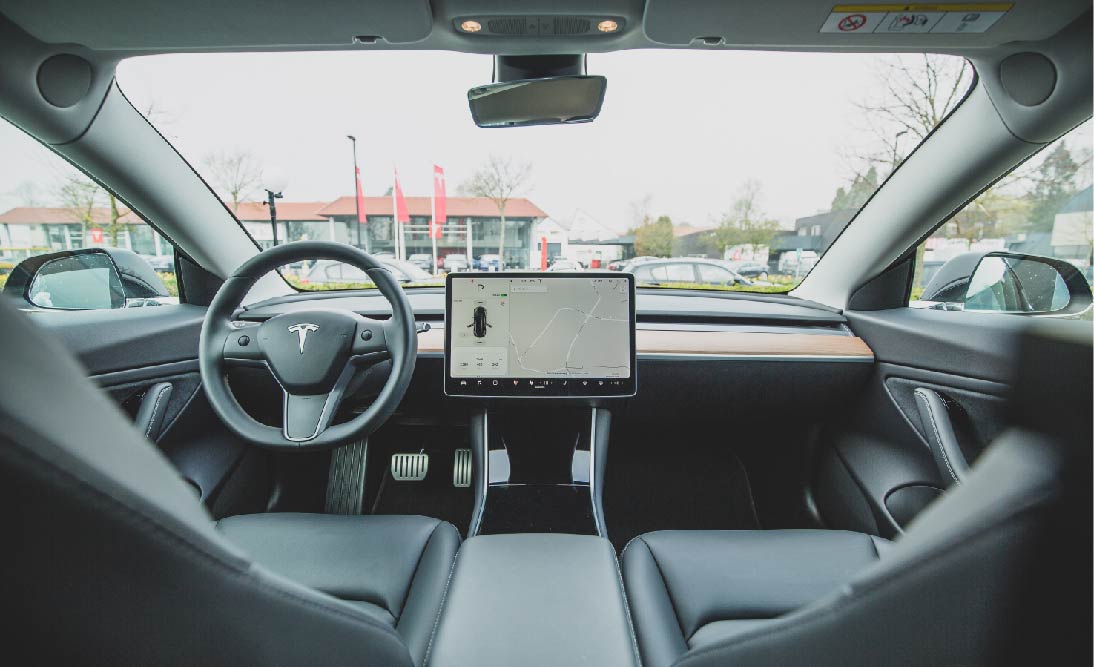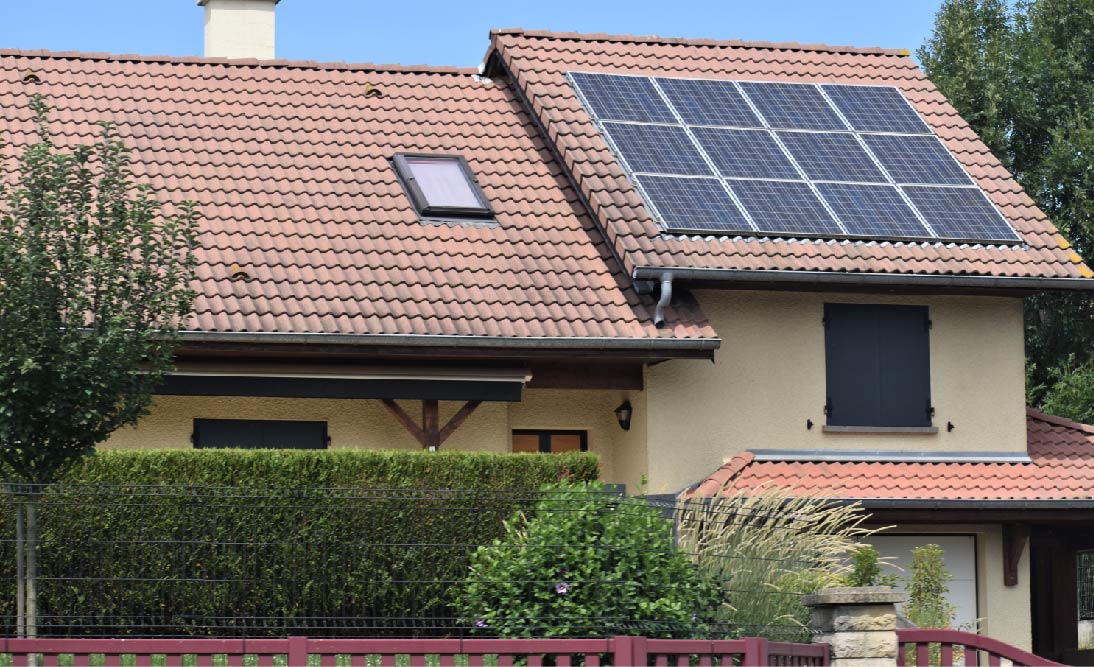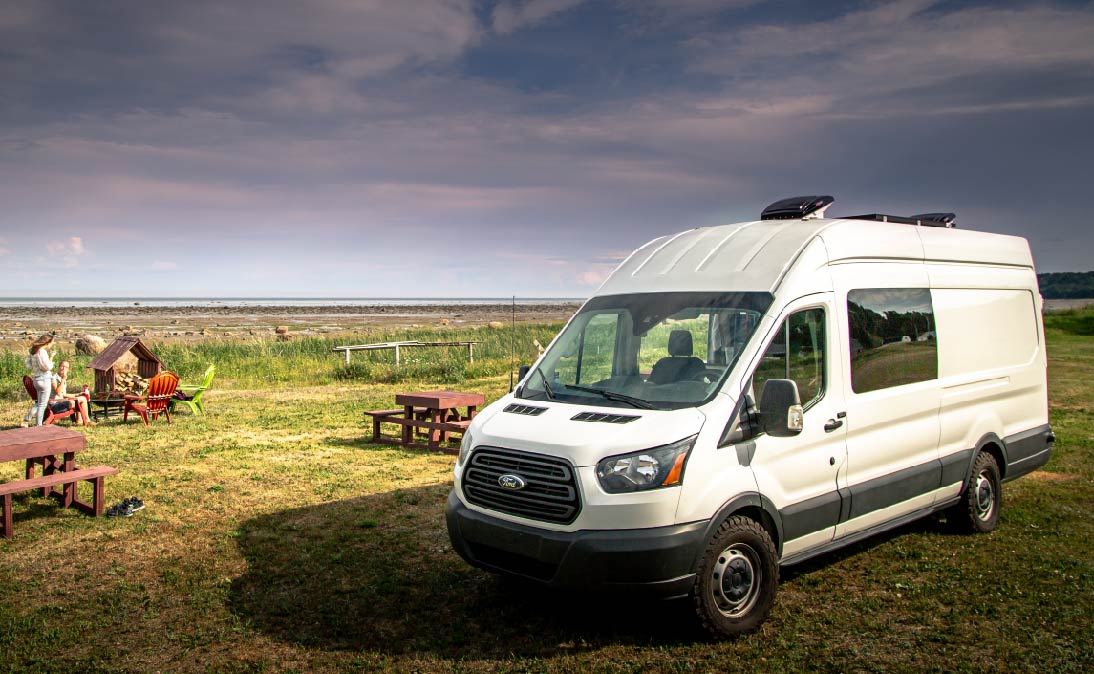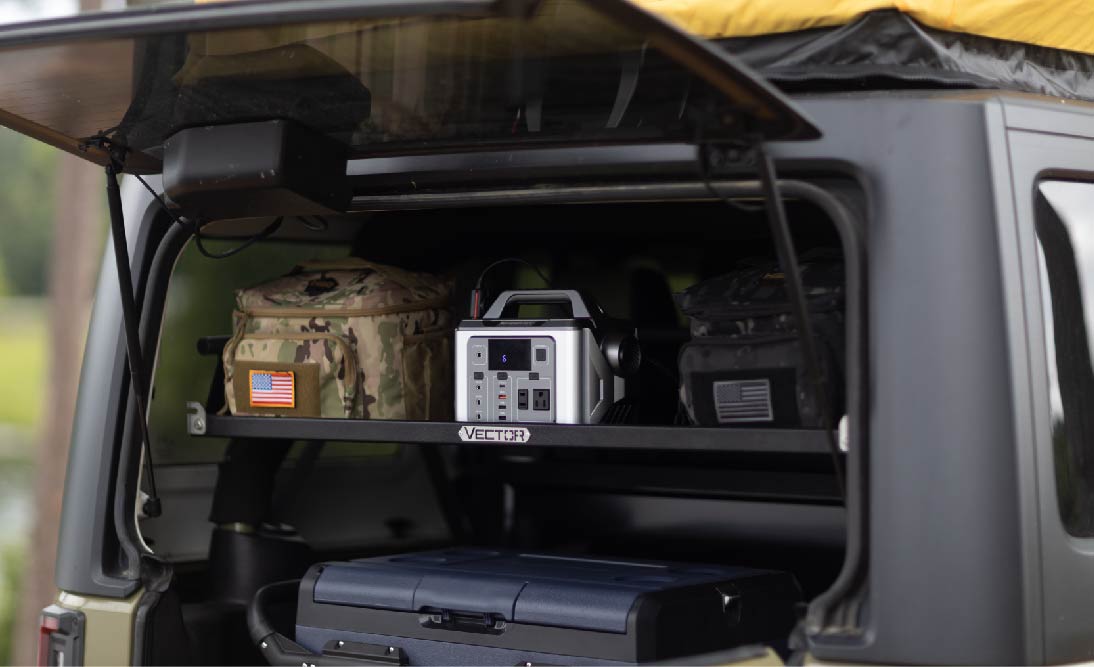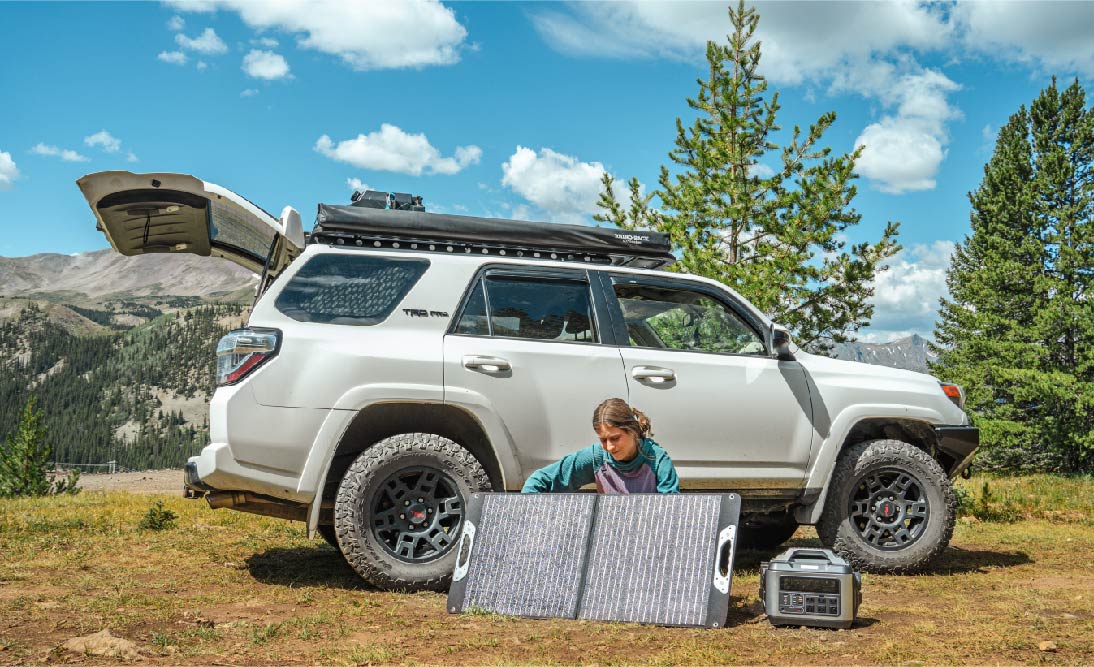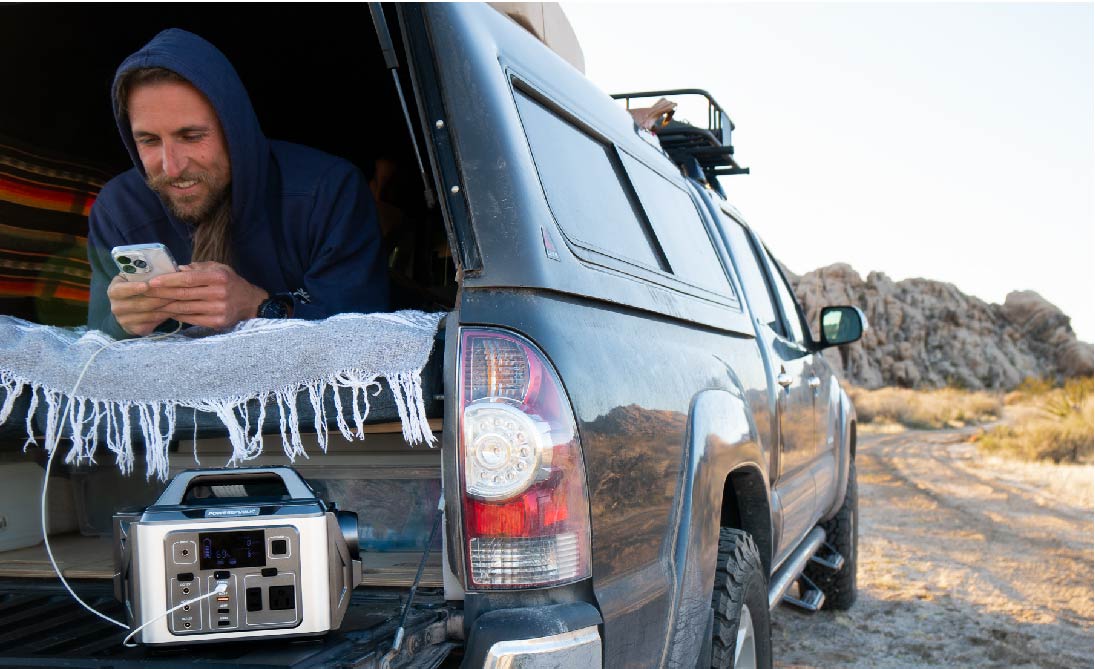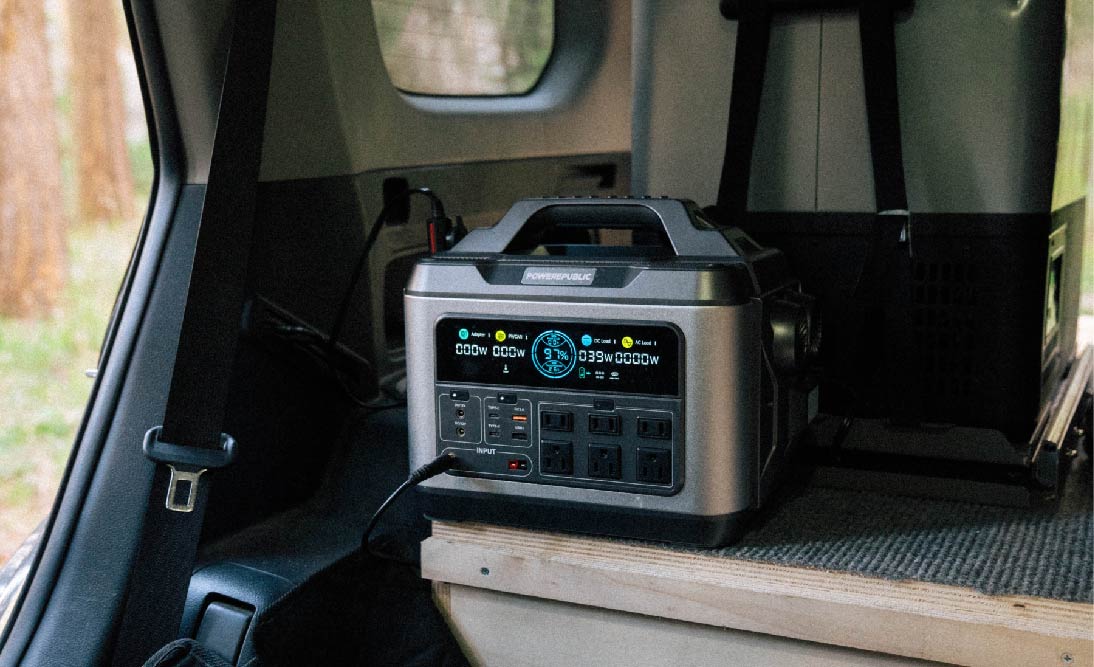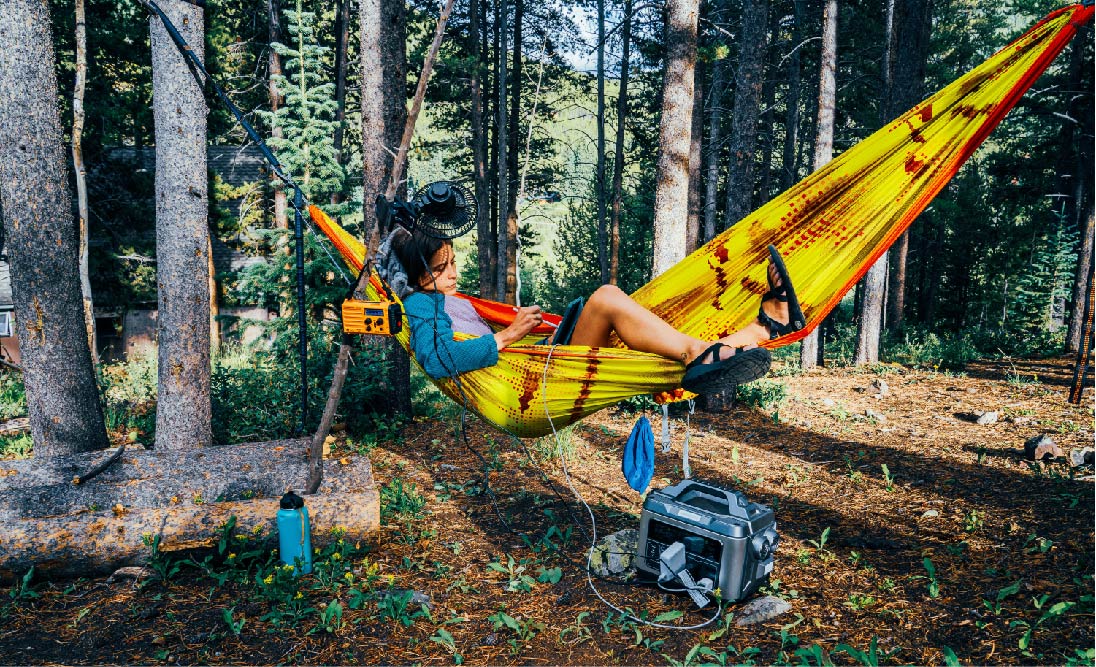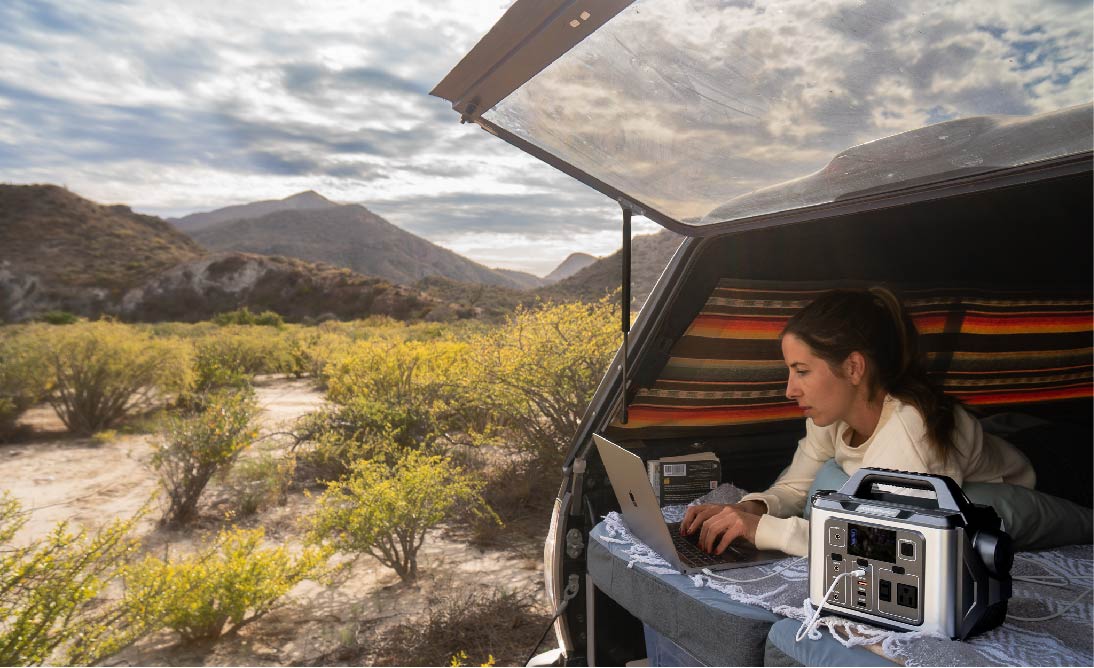Table of Contents:
-
Using Portable Solar Panels For Camping: Benefits and Drawbacks
-
What To Consider Before Selecting The Best Portable Solar Panel For Camping?
-
FAQ I - Estimate The Number Of Portable Solar Panels You Need For Camping
-
FAQ II - Estimate The Wattage Of Portable Solar Panels You Need For Camping
Finding the perfect gear for camping is like having the best companion by your side. Daily items such as tents, chairs, and clothes are easy to pick up for your trip. However, when it comes to selecting the best portable solar panel for camping, people hesitate because it is not an easy task.
To choose the best portable solar panel for camping, you need to consider the duration of your trips, the types of devices and appliances you want to power off-grid, compatibility with the portable power station or other power sources you have, weather conditions, your budget, and other factors.
Here, we are going to discuss how to choose the best portable solar panels for camping so that you know how to choose solar panels for different scenarios.
Overview of Portable Solar Panels
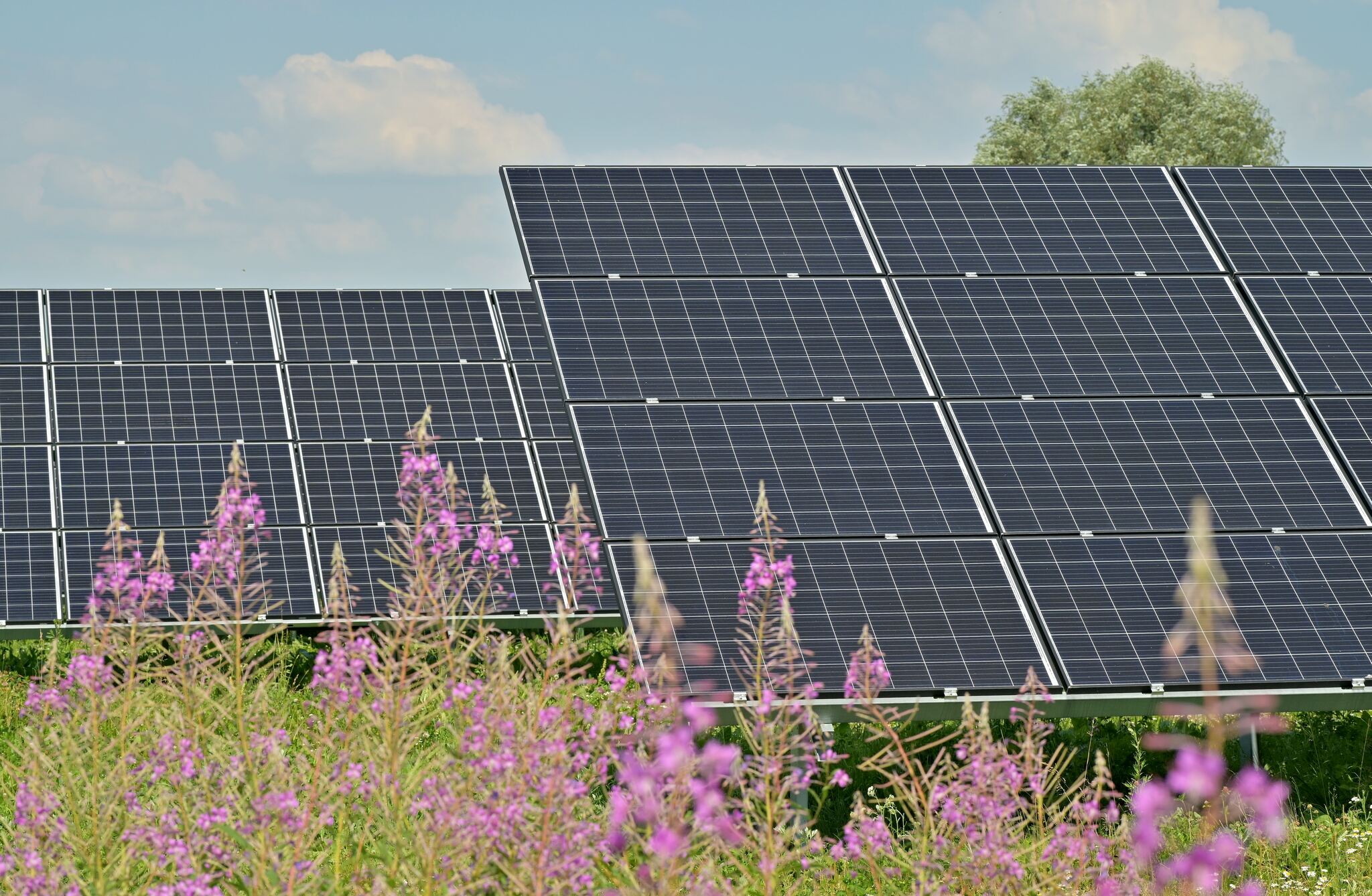
What are Portable Solar Panels?
Portable solar panels are compact and lightweight devices designed to absorb sunlight and convert it into electrical energy. They offer a convenient and eco-friendly solution for generating power in remote locations, during outdoor activities like camping, hiking, or emergencies where access to the traditional power grid is limited.
Main Components of Portable Solar Panels:
-
Solar Cells (Photovoltaic Cells): These are the fundamental components responsible for converting sunlight into electricity. Typically made of silicon, solar cells generate a direct current (DC) when exposed to sunlight.
-
Encapsulation: Solar cells are often encapsulated in materials like tempered glass or protective polymers to shield them from environmental factors such as moisture, dust, and physical damage.
-
Frame/Backing: The frame provides structural support and protection to the solar panels. It is usually made of lightweight materials like aluminum, making the panels easy to carry.
-
Connector Cables: These cables transfer the generated electricity from the solar panels to devices or batteries. Connectors may vary, but common ones include MC4 connectors.
-
Built-in Regulator/Controller: Some portable solar panels come with an integrated charge controller that manages the electricity flow to connected devices. This helps prevent overcharging and maintains ideal and safe conditions for charging.
How do Portable Solar Panels Work?
-
Sunlight Absorption: Solar panels are positioned to capture sunlight. The photovoltaic cells within the panels absorb photons from sunlight.
-
Electron Excitation: When photons strike the solar cells, electrons within the cells gain energy, becoming excited. This process generates an electric current.
-
Direct Current (DC) Generation: The excited electrons create a direct current (DC) flow within the solar cells. This DC electricity is the initial form of energy generated.
-
Inverter (if needed): For many applications, the DC electricity needs to be converted into alternating current (AC). Inverters are used for this purpose when powering standard household appliances.
-
Charging Devices or Batteries: The generated electricity is either used directly to power devices or stored in batteries for later use. Some portable solar panels can charge external power stations or battery banks.
Overall, portable solar panels provide a sustainable and versatile power source, making them invaluable for camping, outdoor enthusiasts, emergency preparedness, and off-grid living.
Different Types Of Solar Panels
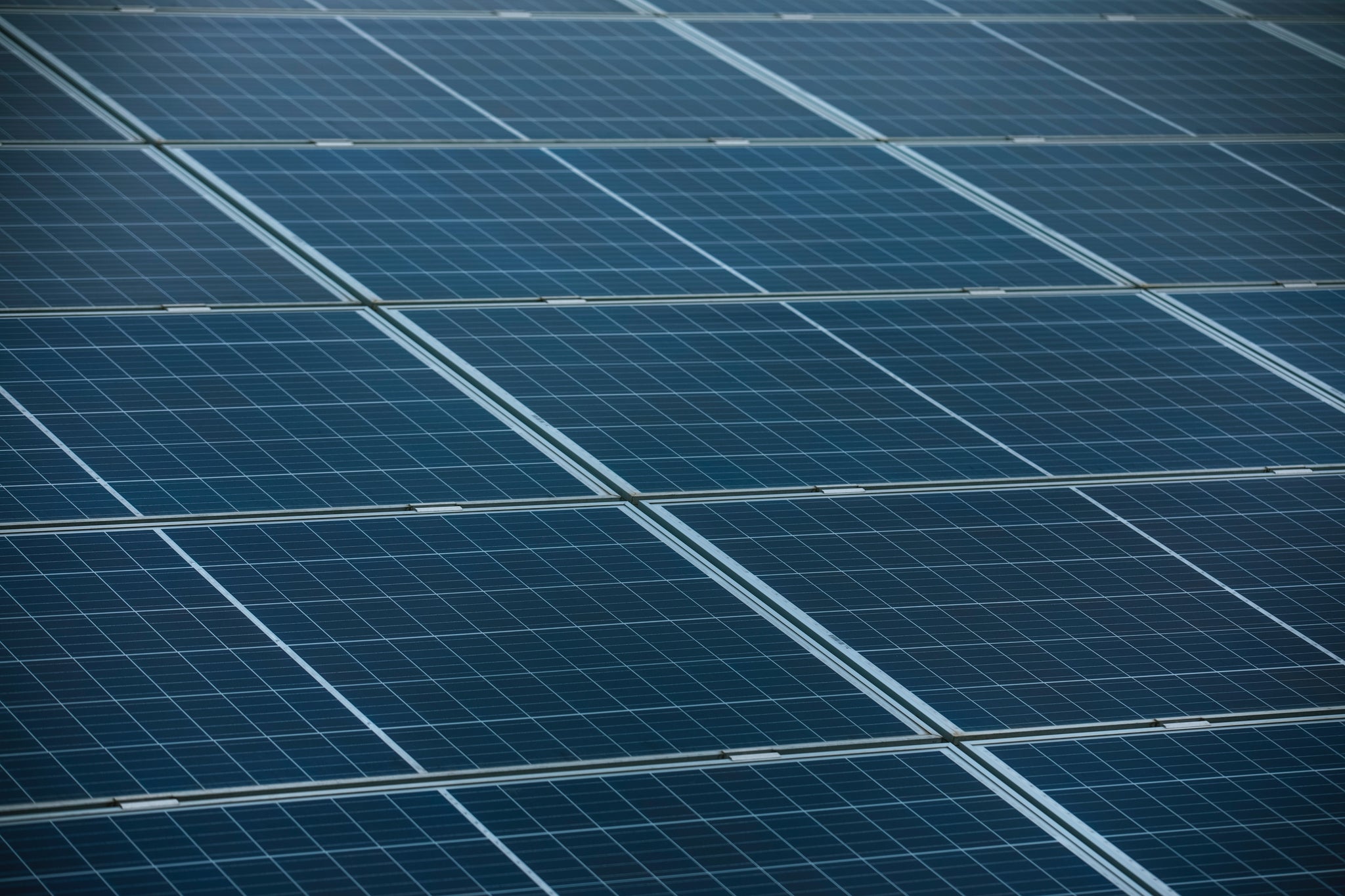
There are different types of solar panels on the market, each with its pros and cons. We have listed a few common types of solar panels that are widely used and applied in outdoor settings. Let’s take a look.
1. Monocrystalline Solar Panels
-
Made from a single crystal structure, it provides high purity and efficiency.
-
Efficiency: 15-22%
-
Space Efficiency: High efficiency in a smaller space.
-
Price Range: Moderate to high ($0.75 to $1.25 per watt).
2. Polycrystalline Solar Panels
-
Composed of multiple crystals, with slightly lower efficiency due to the grain boundaries.
-
Efficiency: 13-18%
-
Space Efficiency: Takes up more space compared to monocrystalline.
-
Price Range: Moderate ($0.60 to $0.90 per watt).
3. Thin-Film Solar Panels
-
Made from various materials like amorphous silicon or cadmium telluride, it offers flexibility.
-
Efficiency: Historically lower (10-12%) but improving with newer technologies.
-
Flexibility: Lightweight and flexible.
-
Price Range: Low to moderate ($0.50 to $0.80 per watt).
4. Bifacial Solar Panel
-
Captures sunlight from both sides, enhancing overall energy production.
-
Efficiency: Higher than traditional panels, varies based on conditions.
-
Installation: This can be more expensive due to specific requirements.
-
Price Range: Moderate to high ($0.80 to $1.30 per watt).
These prices are approximate and can vary based on location, brand, and installation costs. Consider long-term savings and system reliability when choosing a solar panel type.
Using Portable Solar Panels For Camping: Benefits and Drawbacks
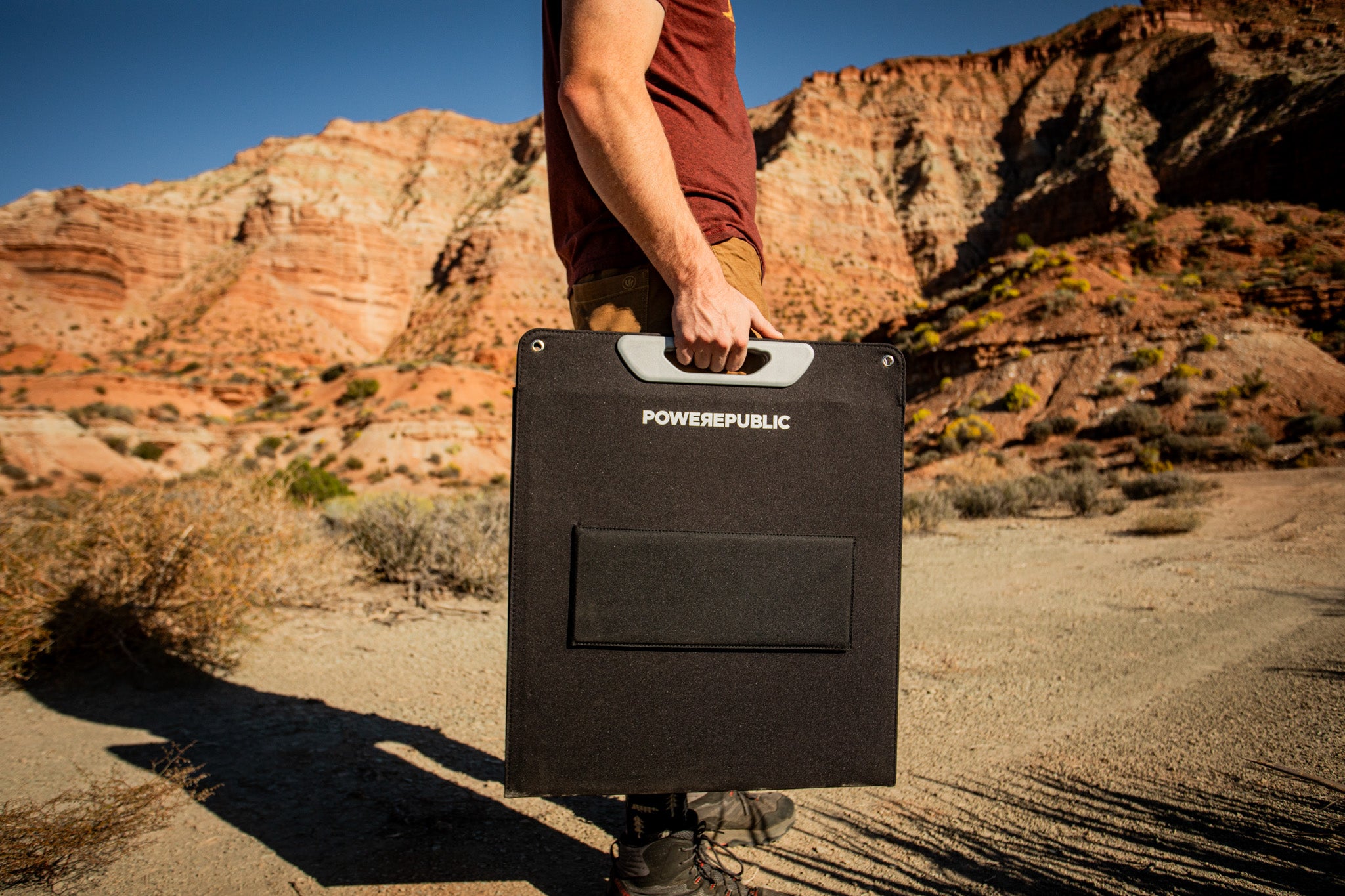
Using portable solar panels for camping comes with several pros and cons. Here's an overview:
Pros
-
Renewable Energy Source: Portable solar panels harness energy from the sun, making it an eco-friendly source of energy, reducing your reliance on fossil fuels.
-
Environmentally Friendly: Solar power is a clean energy option that produces no greenhouse gas emissions, helping to minimize your environmental impact.
-
Off-Grid Power: Portable solar panels allow you to generate electricity in remote areas where traditional power sources are unavailable, providing off-grid power solutions.
-
Cost Savings: Portable solar panels can save money as they have no ongoing fuel costs. Once purchased, sunlight is free, making it a cost-effective long-term investment.
-
Quiet Operation: Unlike some portable generators, solar panels operate silently without disturbing other campers on the campsite.
-
Low Maintenance: Portable solar panels generally require minimal maintenance, with no need for fuel, oil changes, or complex upkeep.
Cons
-
Weather Dependence: Solar panels depend on sunlight, so their efficiency can be affected by weather conditions. Cloudy or rainy days may result in reduced power generation.
-
Initial Cost: While they offer long-term savings, the initial cost of portable solar panels is high depending on your power needs. This cost may be a barrier for some campers.
-
Limited Power Output: Portable solar panels have limited power output compared to traditional generators, making them suitable for charging small devices but less effective for powering larger appliances.
-
Bulk and Weight: Depending on the size and capacity, portable solar panels can be bulky and heavy, impacting the convenience of carrying them during camping trips.
-
Setup and Storage: Setting up and packing away solar panels can take time, and they require adequate storage space. This may be inconvenient for campers with limited time or space.
In summary, while portable solar panels offer sustainable and off-grid power solutions, campers should consider the trade-offs in terms of cost, weather dependence, and convenience based on their specific needs and camping conditions.
What to Consider Before Selecting the Best Portable Solar Panel for Camping?
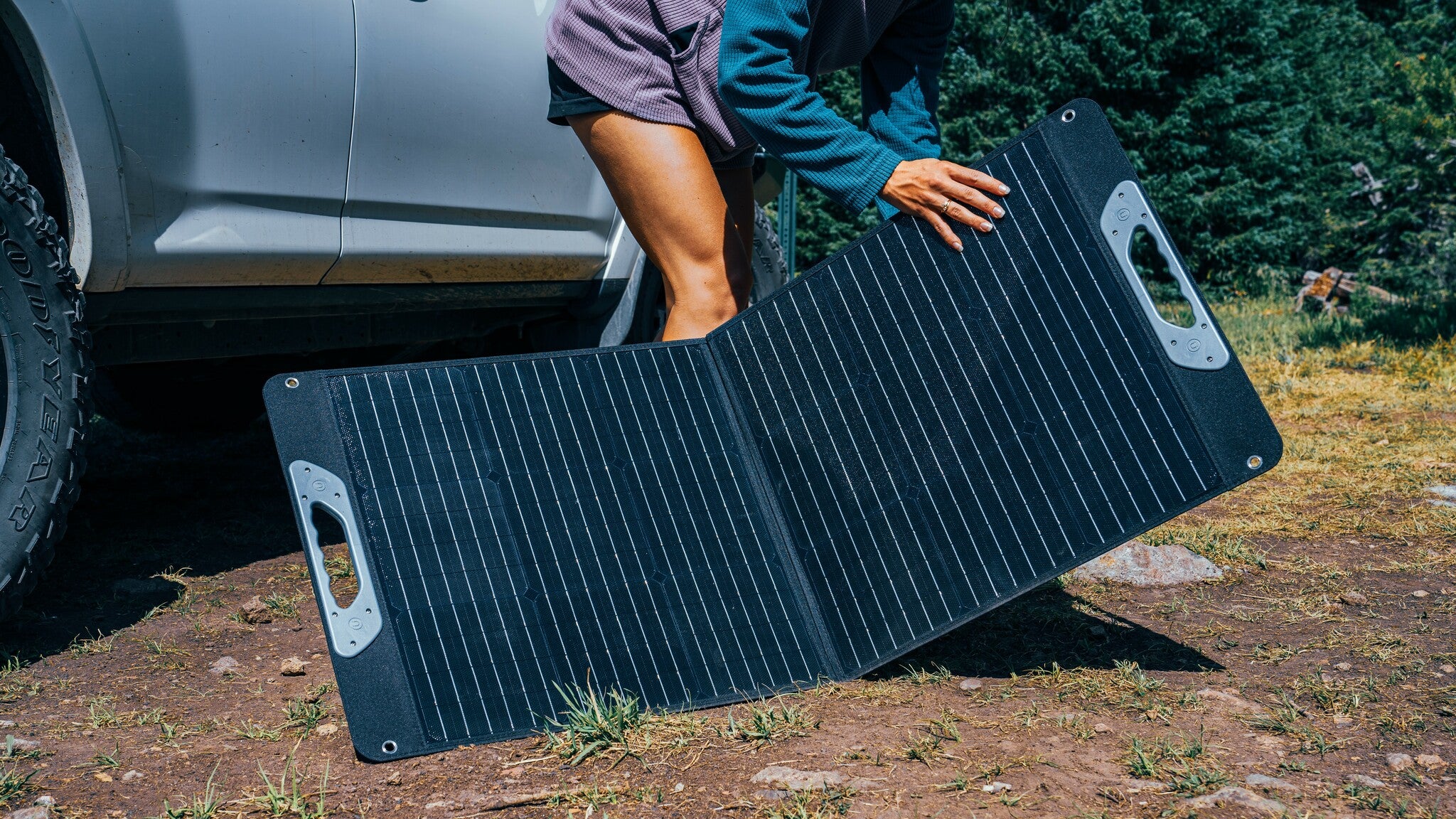
Selecting the best portable solar panel for camping involves careful consideration of various factors to ensure it meets your specific requirements. Here's a detailed breakdown of the key factors:
1. Power Needs
-
Estimate Your Energy Consumption: Determine the wattage requirements of the devices (e.g., smartphones, laptops, cameras, camping lights). Check the power ratings of each device and estimate daily usage.
-
Example: If you have a 10W smartphone and a 30W laptop, and you use each for two hours a day, the total energy would be (10W * 2 hours) + (30W * 2 hours) = 80 watt-hours (Wh).
2. Duration of the Trip
-
Estimate Daily Energy Consumption: Multiply your daily energy consumption by the number of days you'll be camping to estimate the total energy needed for the trip.
-
Example: For a 5-day trip with a daily energy consumption of 80Wh, the total energy requirement would be 5 days * 80Wh/day = 400Wh.
3. Weather Conditions
-
Consider Sunlight Hours: Research the average sunlight hours at your camping location. This information is crucial for estimating how much solar energy the panel can generate.
-
Example: If you're camping in an area with an average of 5 sunlight hours per day, a 100W solar panel could potentially generate 500Wh per day (100W * 5 hours).
4. Panel Efficiency
-
Evaluate Panel Efficiency: Higher-efficiency panels convert more sunlight into electricity. Consider the efficiency rating of the solar panel when calculating your energy needs.
-
Example: Let's look at a 15% efficient 100W panel, it would generate 15Wh per hour (100W * 0.15). In 5 hours of sunlight, it would generate 75Wh.
5. Battery Capacity
-
Include Battery Storage: If your devices need power when the sun isn't shining, consider a portable power station or a solar panel with an integrated battery. Calculate the battery capacity needed based on your daily energy consumption.
-
Example: If your daily consumption is 80Wh and you want one day of backup, the battery capacity would be at least 160Wh.
6. Budget
-
Compare Costs: Consider the cost per watt of the solar panel. Also, factor in any additional costs for accessories like charge controllers or inverters.
-
Example: If a 100W solar panel costs $150, the cost per watt is $1.50.
7. Weight and Portability
-
Evaluate Weight: Consider the weight of the solar panel, especially if you'll be hiking to your camping site. Lighter panels are more convenient for portable use.
-
Example: A 5-pound solar panel is generally more portable than a 15-pound one.
8. Durability and Build Quality
-
Consider Durability: Evaluate the build quality and durability of the solar panel, especially if you expect challenging weather conditions during your camping trips.
9. Foldable or Rigid Design
-
Choose Design Based on Use: Foldable solar panels are more portable but may sacrifice some durability. Rigid panels might be sturdier but less convenient for transportation.
10. Ease of Use
-
Consider Setup and Storage: Evaluate how easy it is to set up, dismantle, and store the portable solar panel. Quick and simple setups can be crucial, especially in changing weather conditions.
By considering these factors and performing the necessary calculations, you can choose a portable solar panel that aligns with your camping needs, providing sufficient power while considering budgetary constraints and logistical convenience.
POWEREPUBLIC Portable Solar Panels For Camping
100W Portable Solar Panel For Camping
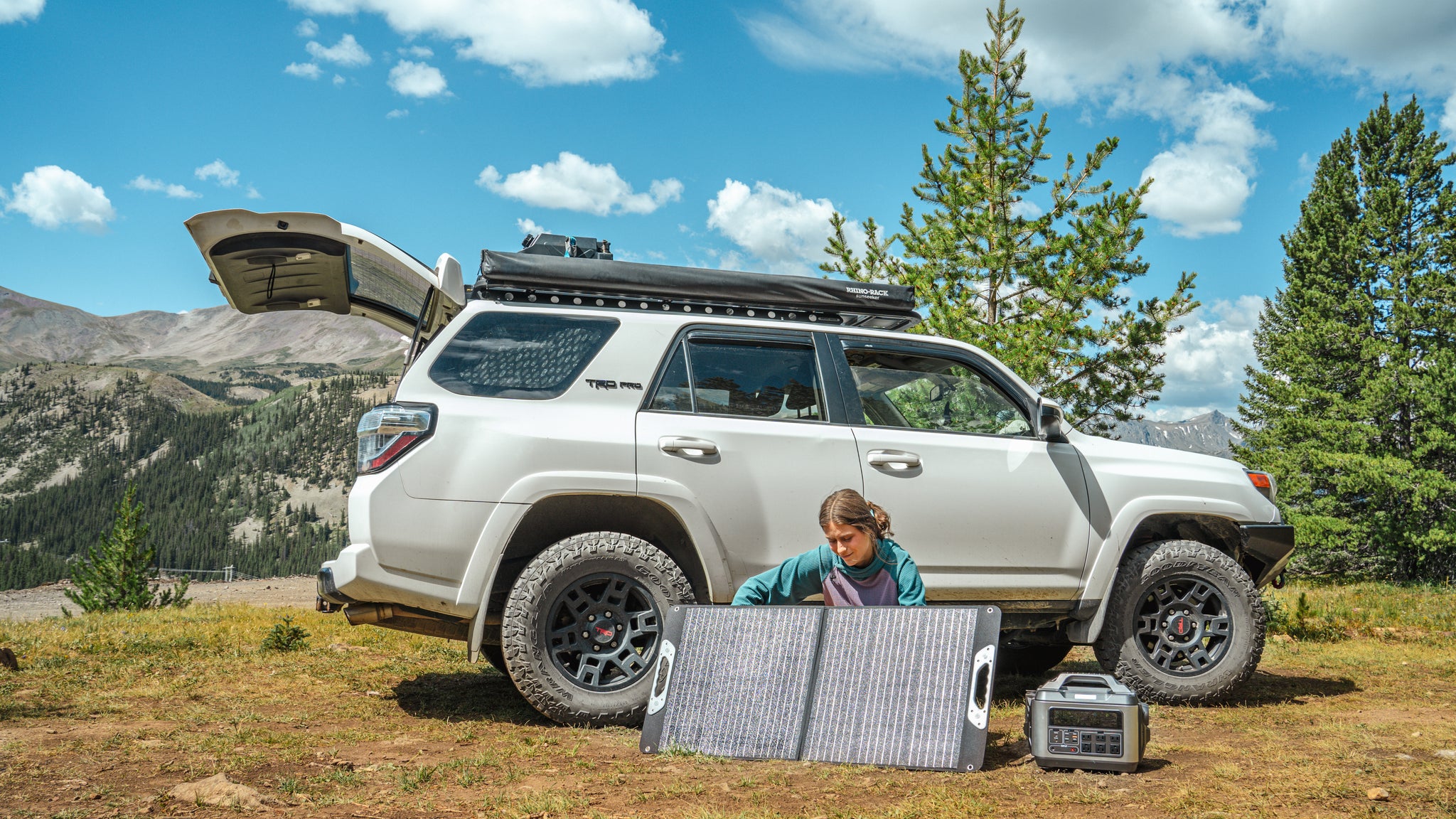
Ideal for camping and weekend getaways, the POWEREPUBLIC 100W Portable Solar Panel(PV100) weighs about 7.7 lbs, making it handy to carry around with you anywhere you go without taking up too much space. With monocrystalline cells and ETFE coating on the surface, our 100W portable solar panel boasts a conversion rate of 23% for efficient solar energy harnessing and weather resistance. The adjustable stand helps you find the perfect angle towards the sun to maximize absorption.
But that's not all – the USB ports built on the back of the box allow you to have backup power for devices. Our PV100 can be paired with our T306, T1200, T2200, and T3000 models. It is your choice to choose the pairing according to your power needs, budget, and recharging time.
If you are looking for a portable solar panel for camping, consider the POWEREPUBLIC 100W Portable Solar Panel.
200W Portable Solar Panel For Camping
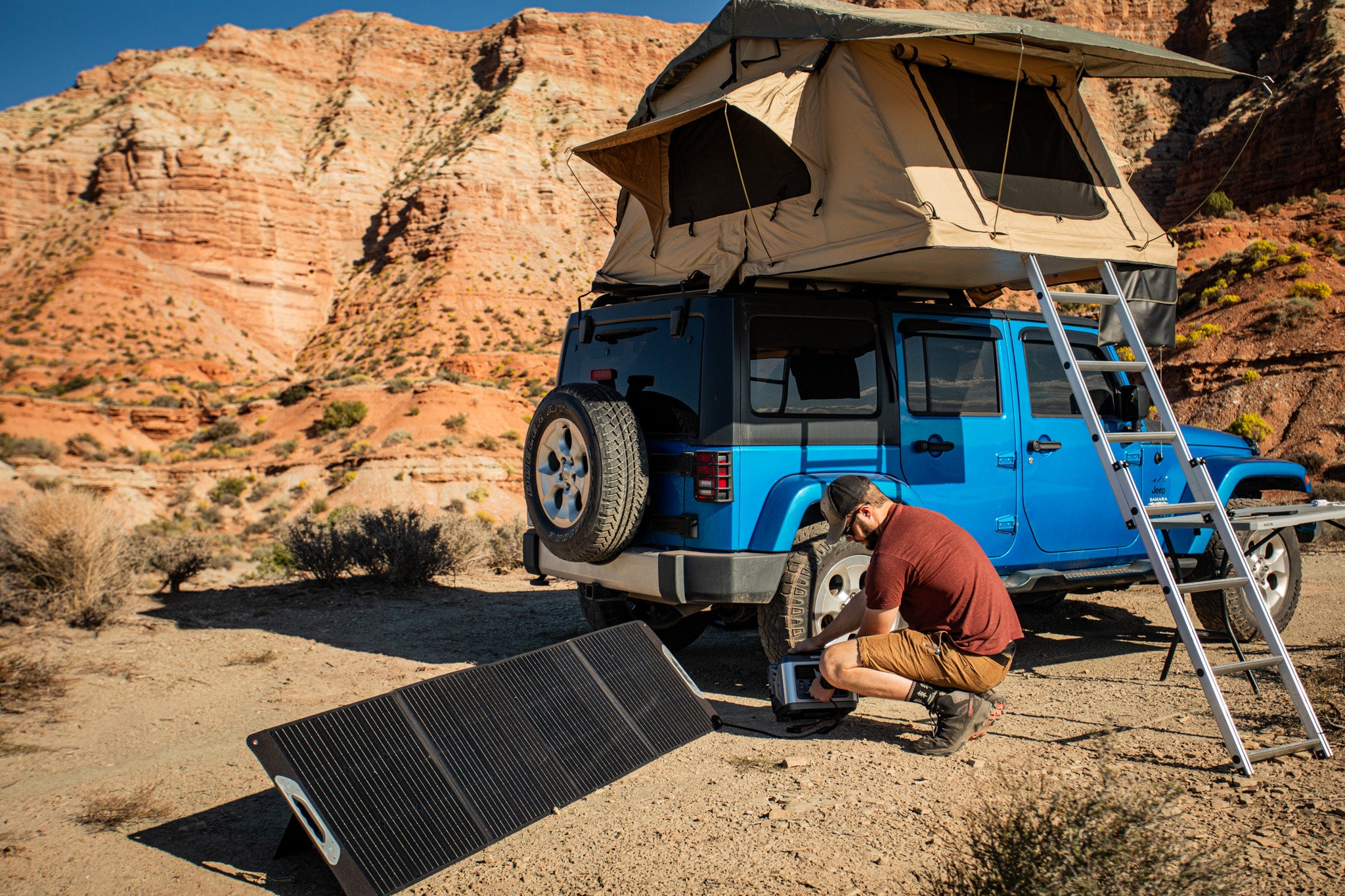
If you are seeking a faster recharging time and a larger solar input option, the POWEREPUBLIC 200W Portable Solar Panel(PV200) would be a good choice. While it may not be as portable as our 100W solar panel, the 200W version remains reasonably manageable with a weight of about 17.6 lbs.
Featuring monocrystalline cells and ETFE coating on the surface, our 200W portable solar panel boasts a 23% conversion rate for efficient solar energy harnessing and weather resistance. The adjustable stand helps you find the perfect angle towards the sun to maximize absorption.
But that's not all – the USB ports built on the back allow you to have backup power for essential devices. Our 200W portable solar panel can be paired with our T1200, T2200, and T3000 models. You can choose the pairing according to your power needs, budget, and recharging time.
If you are looking for a portable solar panel for camping with a faster recharging time and larger solar input, consider the POWEREPUBLIC 200W Portable Solar Panel.
Frequently Asked Questions

How To Estimate The Number of Solar Panels I Need For Camping?
To fully answer this question, we have written an article about it. Click Here to learn more.
How To Estimate The Wattage of Solar Panels I Need For Camping?
To fully answer this question, we have written an article about it. Click Here to learn more.
Final Thoughts
In conclusion, choosing the right portable solar panel for camping is a crucial decision to ensure a reliable and sustainable power source in remote locations. The article provides a comprehensive guide, outlining the main components of portable solar panels, how they work, and the different types available. It also highlights the pros and cons of using portable solar panels for camping, emphasizing factors such as power needs, duration of the trip, weather conditions, panel efficiency, battery capacity, budget, weight, and portability.
The POWEREPUBLIC 100W Portable Solar Panel offers a balance of portability and efficiency, ideal for weekend getaways. Its monocrystalline cells and USB ports make it versatile, and compatible with various power stations. On the other hand, the POWEREPUBLIC 200W Portable Solar Panel provides a higher solar input for those seeking faster recharging times, sacrificing some portability for increased power capacity.
Whether opting for the 100W or 200W model, POWEREPUBLIC's offerings showcase quality construction, weather resistance, and adaptability to diverse camping scenarios. Ultimately, these portable solar panels serve as reliable companions, delivering renewable energy for a more sustainable and enjoyable outdoor experience.
